please remember you can click on a photo to see a larger version
The wind
came in hard gusts throughout the night. We heard it rushing down slope and the
tree tops around us rolled and twisted with the blasts. The big rock effectively
funneled the wind around and over our camper with us inside. We instinctively
braced for the wind but the camper never moved. It was a bit unnerving.
We both
wiggled awake around six am. I quietly said to the Lady. "Well this is
something I've never done before in my life."
"And
what is that?" the Lady asked although she knew well what was coming.
"Waking
up in bed with a sixty year old woman!"
"Yup,"
she replied. "And you get do it for a whole year!"
We walked
down the road with our coffee in the predawn quiet. The wind was taking a
break.
"Let's
go out to breakfast this morning. Want to do that?" the Lady asked.
"You
got it birthday girl!"
The Virginia Creek Settlement was laid back and unhurried. Breakfast was good.
In a 'roundabout
way Sunday's adventure was started by the Barking Spiders. We could hardly ask
for better friends; always adding a measure of excitement and fun and
adventure. A couple weekends before they had stopped at this marker sitting
above Mono Lake.
The grave is
on private property and off limits to the inquiring public. Barking's natural
charm and infectious enthusiasm got him nowhere. Next up was, "Where is
this 'Mono Diggins'? " It turned out the site of Mono Diggings was right
where they were camped. We had suggested and given them directions to one of
our favorite sites overlooking Mono Lake. We were unaware of the rich history
of this place and so were equally excited to dig into the stories. The Spiders
had done some exploring and had found a tunnel through a granite outcropping.
Next they found notches cut in granite that appeared to be for flash boards to
hold water. They had pictures.
Barking Spider and I dug in on the first
step - research. Nearby Dogtown and Mono Diggings (the townsite was called
Monoville) were the first gold discoveries on the east side of the Sierra
Nevada. News of rich placer gold deposits brought hardy souls over the
mountains from the Mother Lode. This included Charles Stilts and his wife
Adeline, Kit Carson's daughter.
When
possible I like to find contemporary accounts; voices from the past. I found
this in the 18 May 1860 edition of the Sacramento Daily Union -
"Late
from the Mono Diggings.— The Mariposa Star learns
that about one hundred men have wintered in the Mono diggings, and
have had a severe time. Two Chinamen died, and a white man named Bodie, was
frozen to death. There were probably about 1,200 men in and about there. A few
were prospecting for diggings ;
a very few, perhaps from ten to twenty men, were working with rockers in claims
that paid well last year, and making from ten to twenty dollars a day, but a
large majority of them were trying to make themselves comfortable on the sunny
sides of big granite boulders burning sage brush. Claims sell well, some of the
old settlers having been offered as high as $5,000 for an interest, and shares
in unprospected claims have been disposed of at two and three hundred dollars.
A great many are there from Washoe."
Many notable
east side historic figures got their start at Dogtown and Mono Diggings such as
W.S. Bodey and Leroy Vining.
As you can tell,
I was getting into this story. And what about that tunnel through the granite
the Spiders had found?
"One
end is filled in," Barking told me. "I crawled in but we didn't have
our headlamps." I knew this was going to be a story. "I told Mom
Spider to grab me by the legs and start pulling if I got to hollering and
twitching . Who knows what was down in there. I couldn't see a thing!"
"How
far in did you go?" I asked.
"Not
far. Do you think I'm stupid?" he came right back.
"Well,
we went around the big granite outcrop and forgot about the tunnel and then we
found another tunnel on the other side that you could walk into."
"Did
you go in?" I asked.
Barking just
looked at me.
"What
did you see when you went in?"
"Nothing.
It was dark. But I kept going."
"And?"
"The
tunnel went around a corner and I could see light ahead. I saw light at the end
of the tunnel!"
"Amazing!"
I said.
We were on a
mission. Why was this tunnel through the granite? What had Barking found? The
gold here was in placer deposits. Working ancient stream beds takes water.
There is very little water at Mono Diggings. We found this information on
wikipedia -
"A
conduit was constructed to divert water from Virginia Creek to aid hydraulic
mining. This canal, termed
the Mono Canal, was at its time the only such project in the county, and cost
$75,000 to build."
Here's a
link to information on Monoville - High Desert Drifters
I would sure
like to know the source for the pencil drawing of Town of Mono used on the webpage.
So after the
birthday breakfast we headed to the site of Mono Diggings. Would we feel the
presence of Kit Carson's daughter, Prairie Flower? Would we find light at the end of the tunnel?
We parked at
the old cabin we have visited many times.
Our search
began. While climbing a hillside along a weathered fin of granite we
found this.
The Lady had
a flashlight. "What do you see?" I asked.
"You
look," she countered.
It was
faint, hard to see, but there is an old ditch that leads to this tunnel.
If you study
the above photo, just below the snow covered Dunderburg Peak are two parallel
lines across the hillside. Perhaps the remains of the Mono Canal, a conduit
that brought water from Virginia Creek? This historic area is rich for further exploration.
We needed to
move around this huge outcrop of granite. The Lady thought climbing up and over
would be more fun.
The
"down the other side" was a bit of a challenge we'd leave for another
day so we continued around and looked down into the basin that may have
served as a reservoir.
The way
granite cracks open and weathers continues to fascinate us.
We had to go
to the very top before we could start down. That's what the Lady told me.
The Lady
marked our position.
This is a
wonderful place to wander through and explore.
The Lady
found a direct route down into the basin, although it was a bit of a squeeze.
"I
found it!" she yelled, out ahead.
Inside, around the
corner, we found Barking's light at the end of the tunnel.
The tunnel
opening is on the lower left. Is there a water stain around the basin?
How about
evidence of damming this basin to hold water?
Below the dam placement are additional notches in the rock that could be
evidence of a flume or water delivery system. It is much fun to try and figure
out the clues from the past and put the story together.
And what an incredible area to explore!
Did this
area need a look out position? Someone went to a lot of work to make this easy to climb.
Down below
all this, in Rattlesnake Gulch are piles of worked over tailings from placer
mining.
We know we
have just scratched the surface of all the stories this place can tell.
What about
Prairie Flower? She and her husband Charles did come here. They had an
association with the Wilson family and stayed on their ranch were Adeline died
in the winter of 1859/1860 at the age of 21, probably from an infection after
child birth. Charles Stilts shows up in the 1870 US Census in Idaho with a ten
year old son.
Adeline's
story is complicated and confusing. Many people believe the marker along 395 to
be in error because an Adeline Carson shows up in the historical record until
as late as 1864. A Mono County researcher has put together evidence that
suggests that a prostitute, a "soiled dove", took on Adeline's
identity after her death (Adeline "Kit" Carson). The story gets better
and includes an account of her stabbing a man in Monoville in the summer of
1860 that was reported in the Sacramento newspaper (No, I haven't yet found
that article. I'll keep looking). Mono County records include a
land transfer of a city lot in Aurora
where the woman used an "x" as a signature. The real Adeline Carson was
well educated.
Kit Carson
is a central figure in western American History. My favorite reference is his autobiography, although he does not mention his first two wives. Carson's
first wife was an Arapaho woman called Grass Singing. She was Adeline's mother.
Grass Singing died, possibly, again from complications from giving birth to
another child. That second child died when only a toddler. Kit Carson's second
wife was a Cheyenne woman who soon divorced him in the traditional way - moving
all of his possessions outside the teepee. These possessions included young
Adeline. Carson made a decision. He took his daughter east to Saint Louis and
put her in school and possibly in the care of family. Kit returned to Bents
Fort in Colorado where he met and was hired by John Fremont and thus began
their long association. Kit traveled to Saint Louis around 1851 and brought his
daughter West. Around 1853 and 15 years
old, she married an associate of Carson. It's important to remember that in
these times marriage meant a way to survive in the world. The three of them
came to California and it is said that Kit bought the couple a ranch as a
dowry. It is unknown where this was. In 1857 the husband returned to Taos
without a wife and in 1858 Adeline and a new husband traveled over the Sierra
to Mono Diggings.
One
historian claims that Kit Carson never called his daughter Prairie
Flower. If there is truth to this, we will disregard it. We'll continue to call her Prairie
Flower. The name fits and we'll think of Prairie Flower now each time we camp at
that favorite spot of ours overlooking Mono Lake.
This was our
weekend milestone birthday celebration. The Lady got her long hike and we both were further drawn into the rich history of this land.

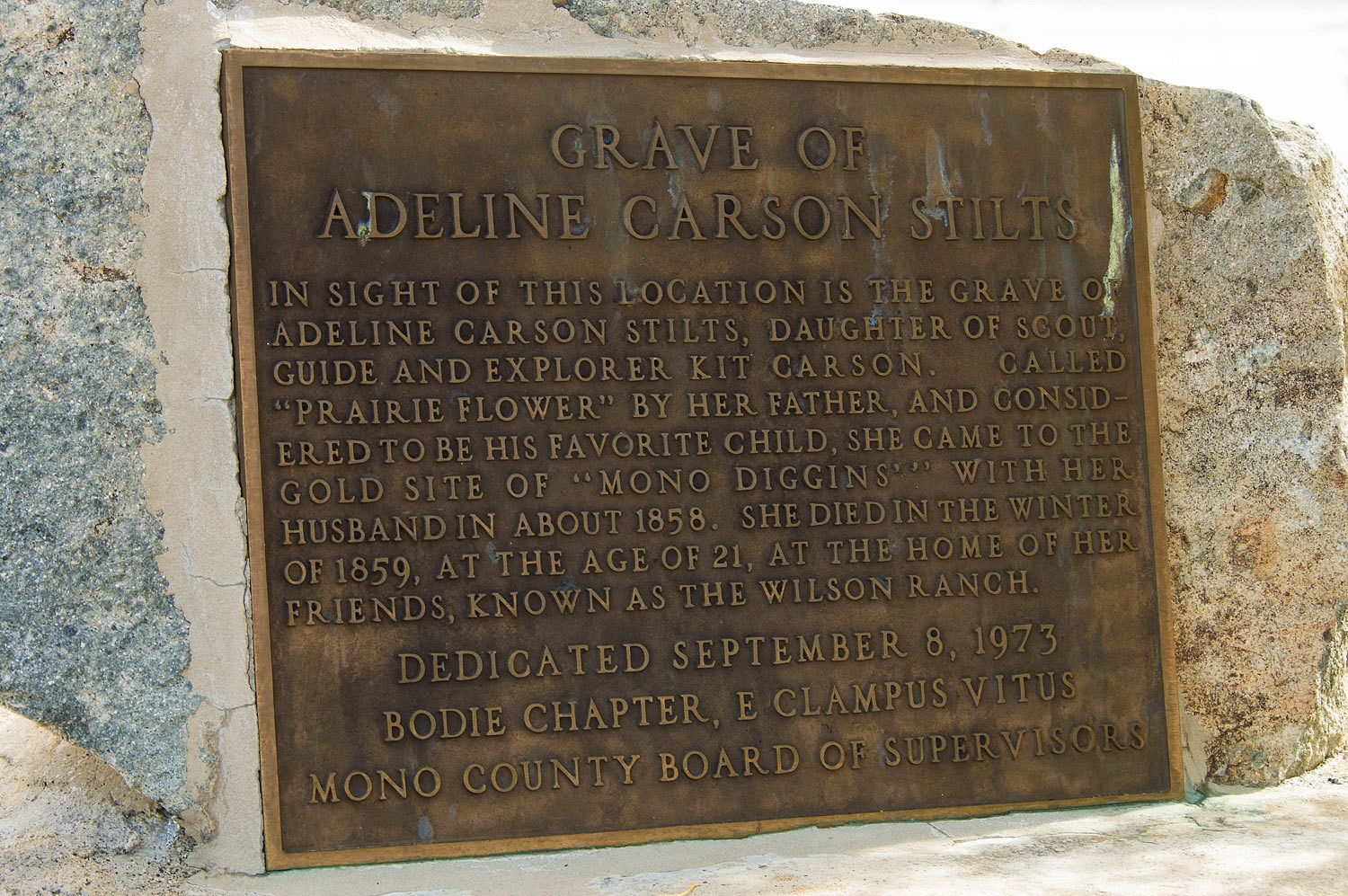
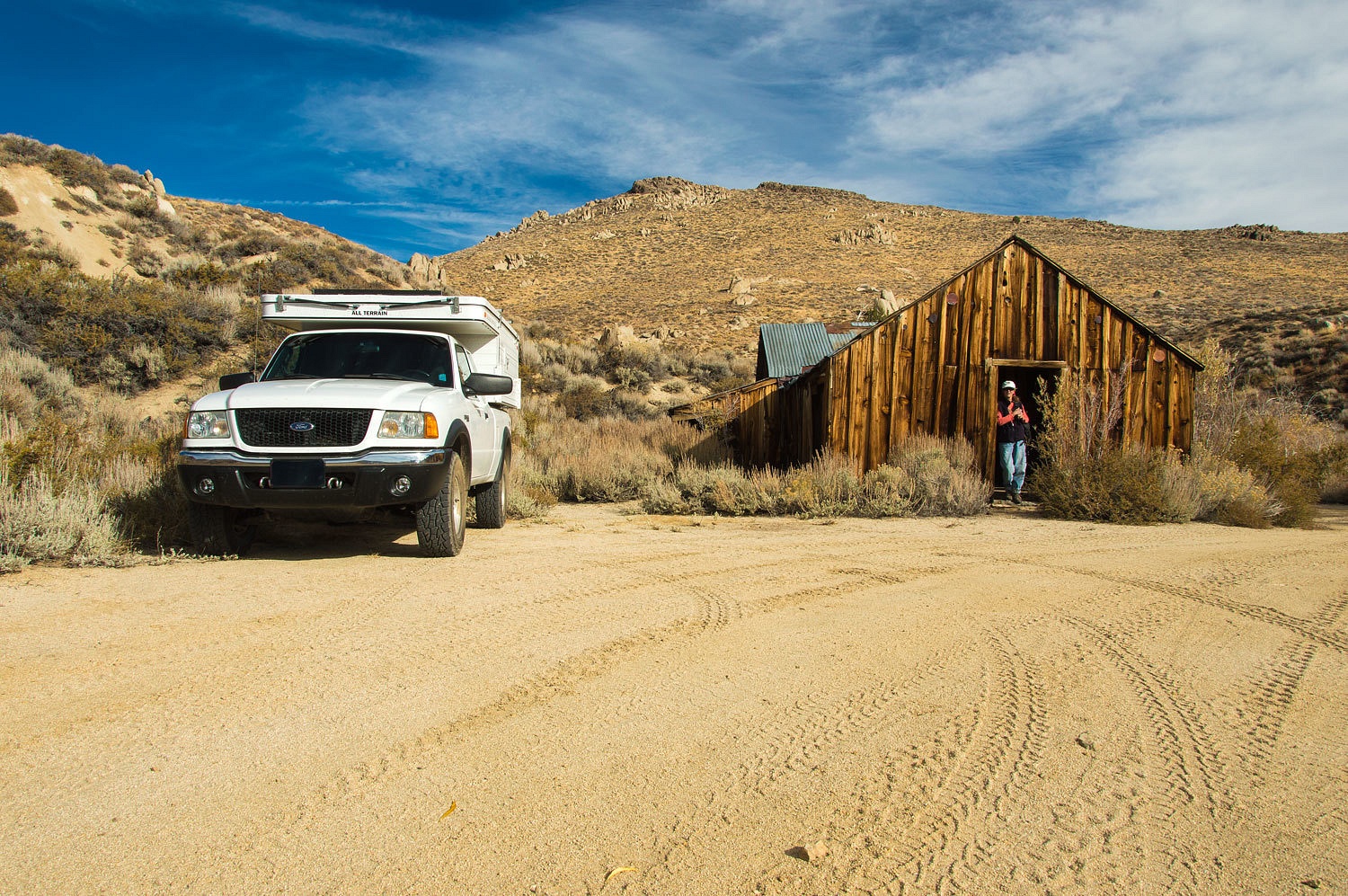
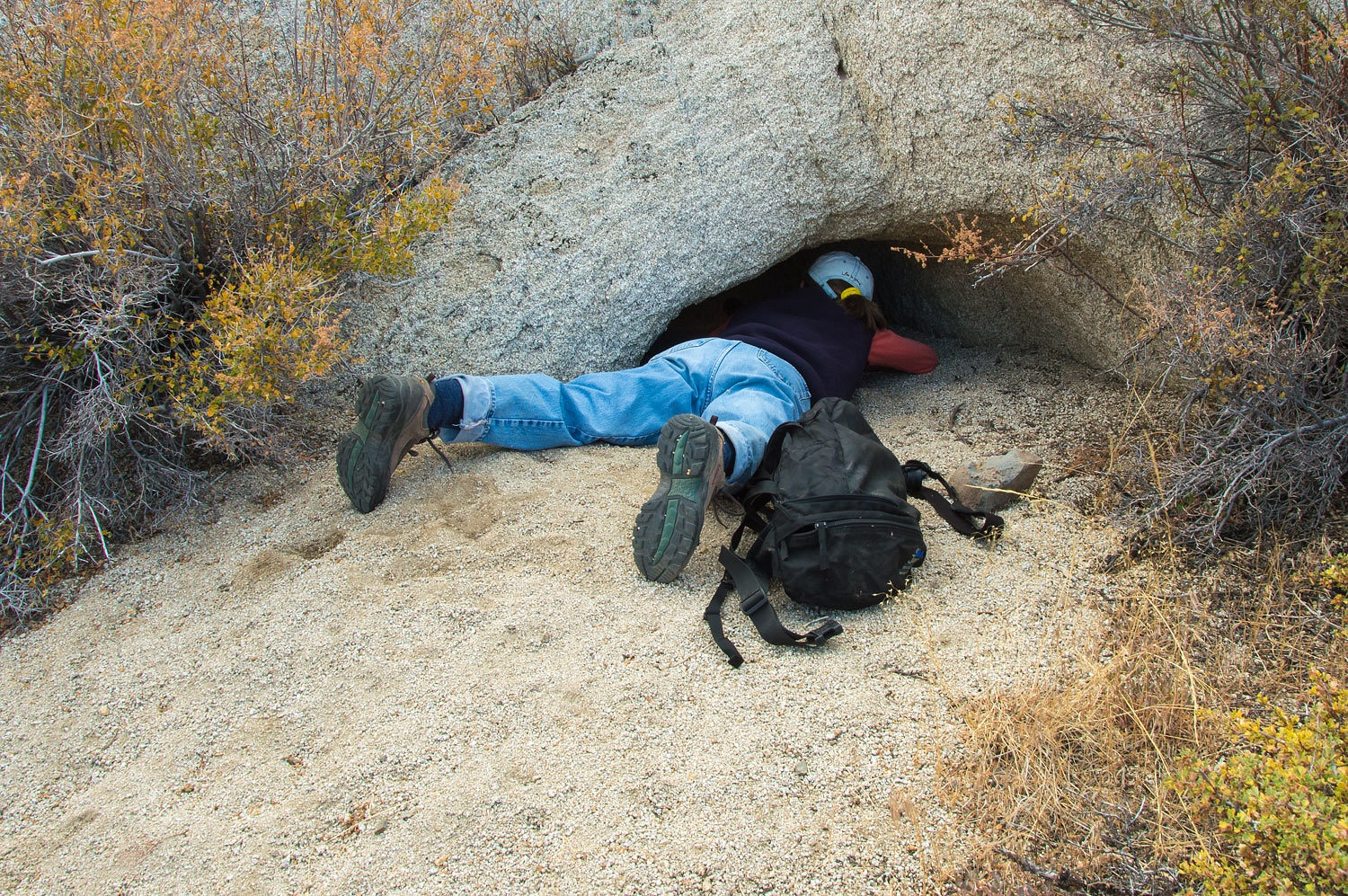
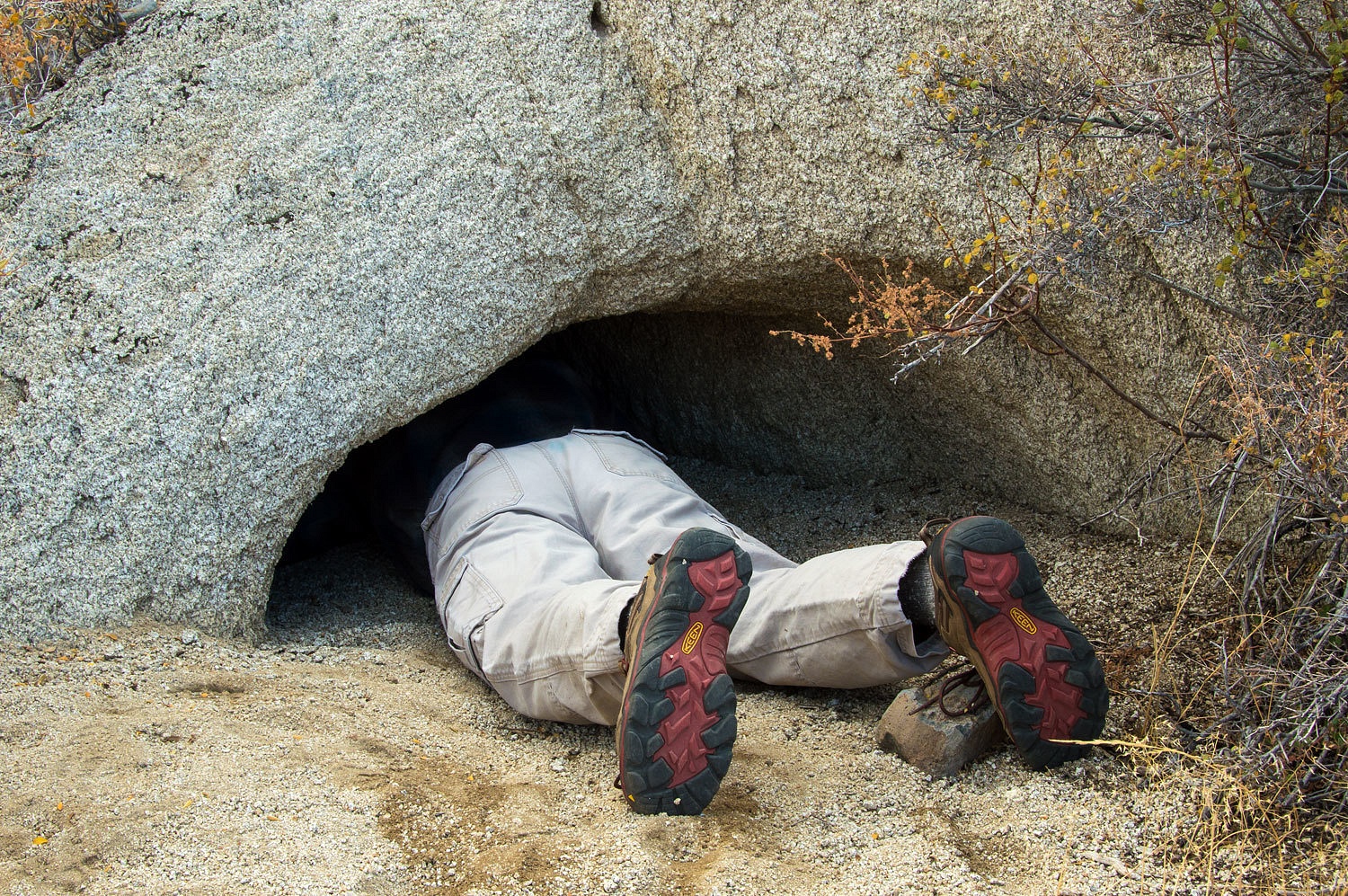
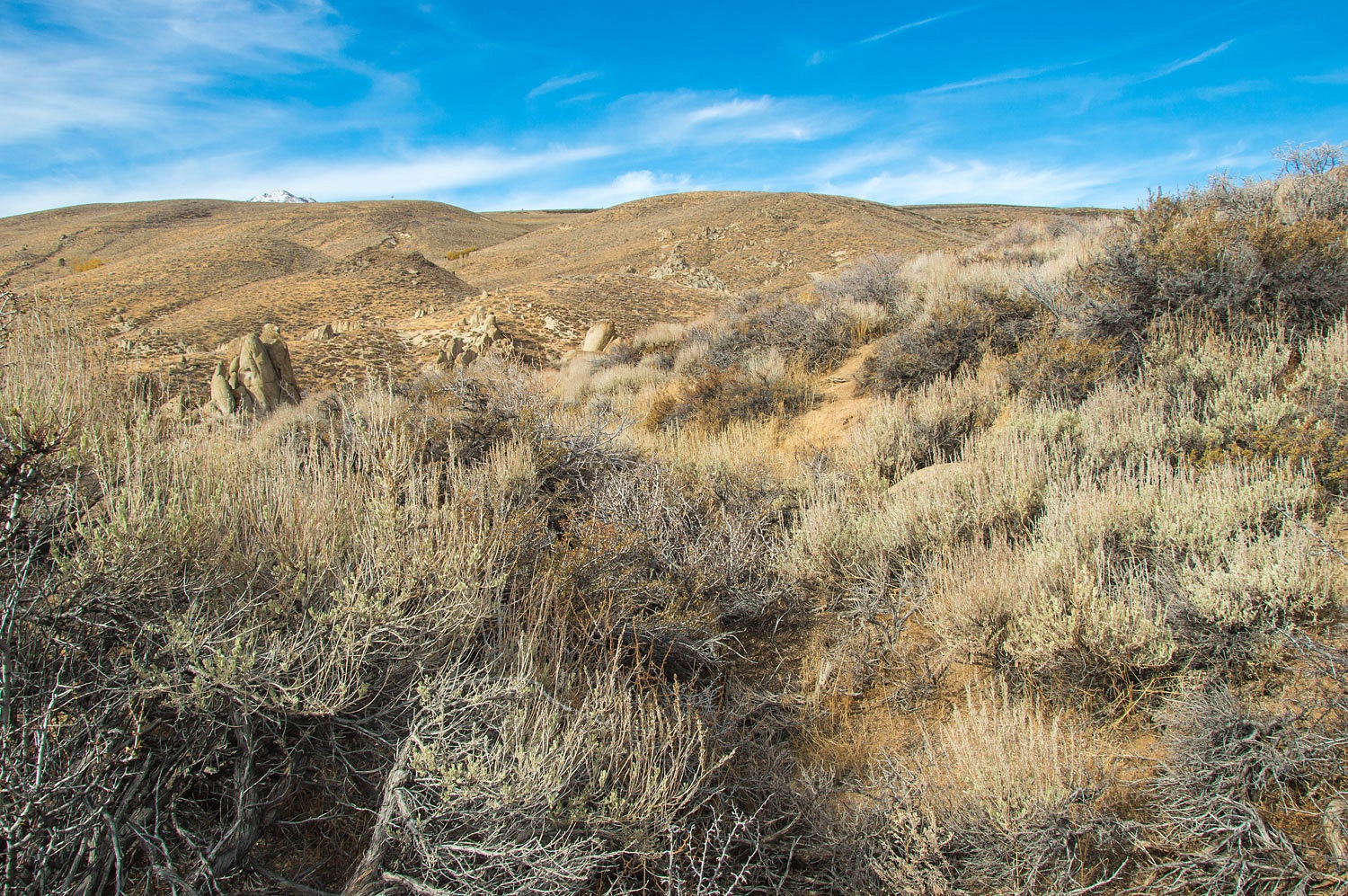
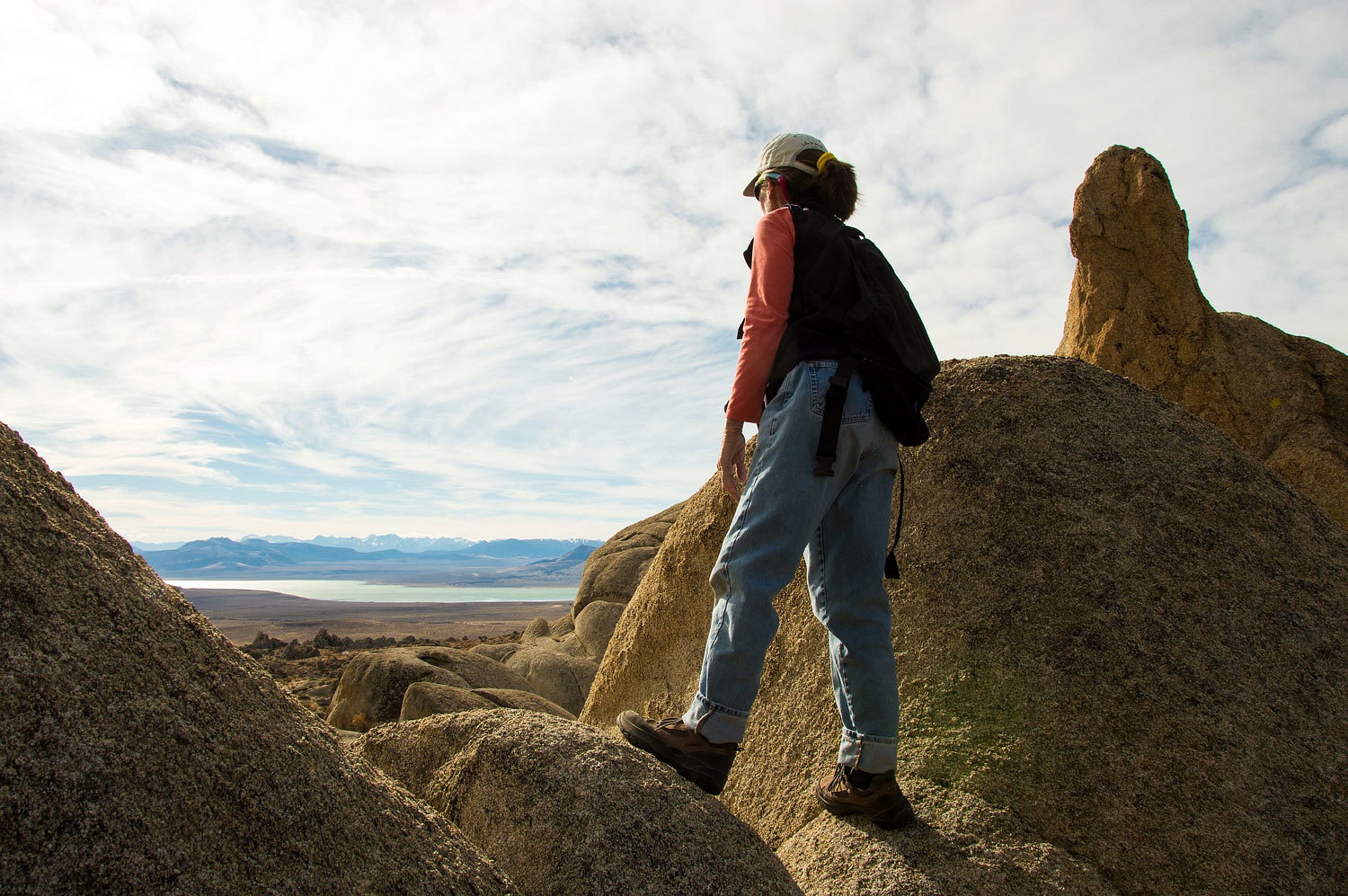
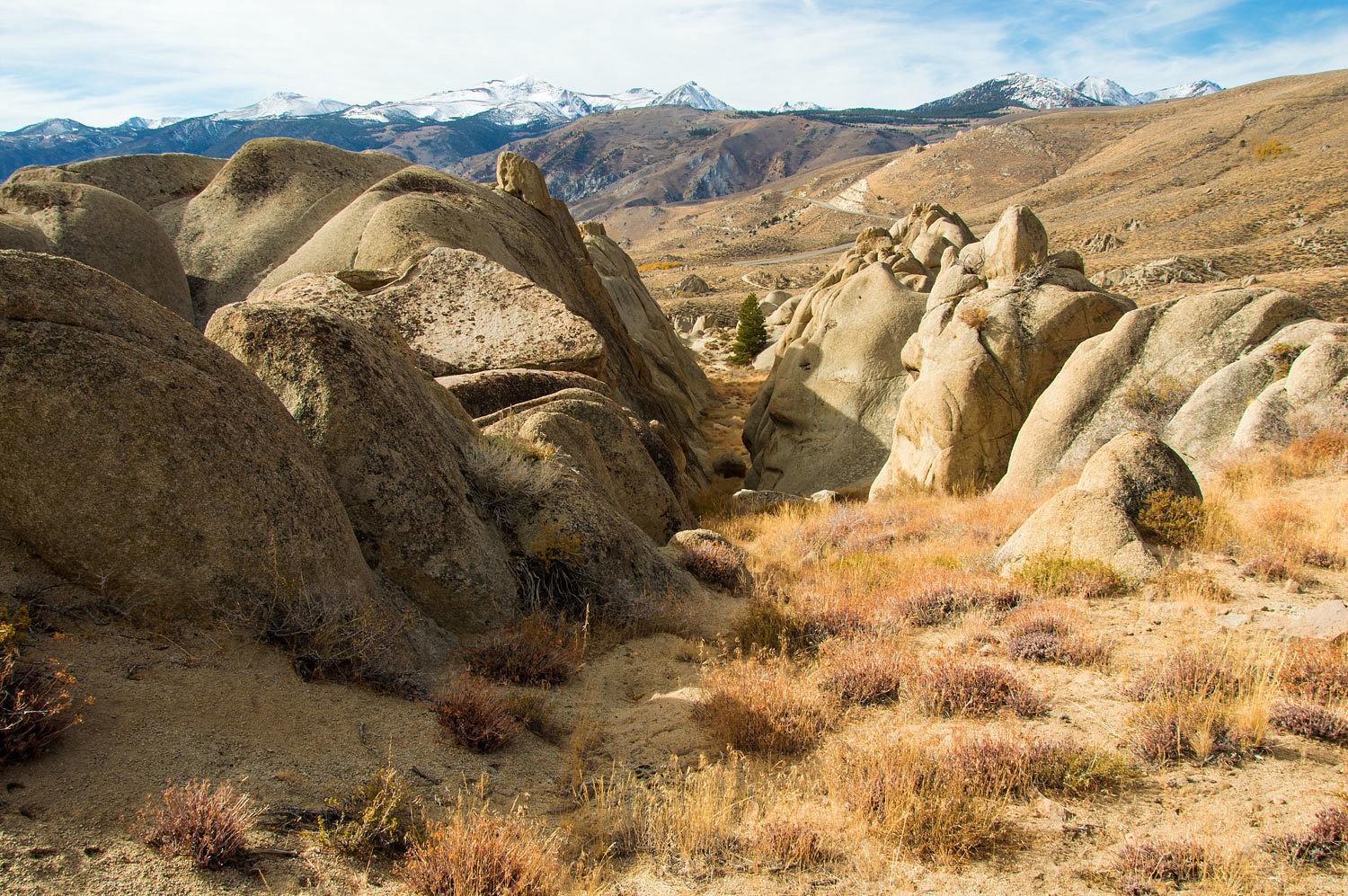
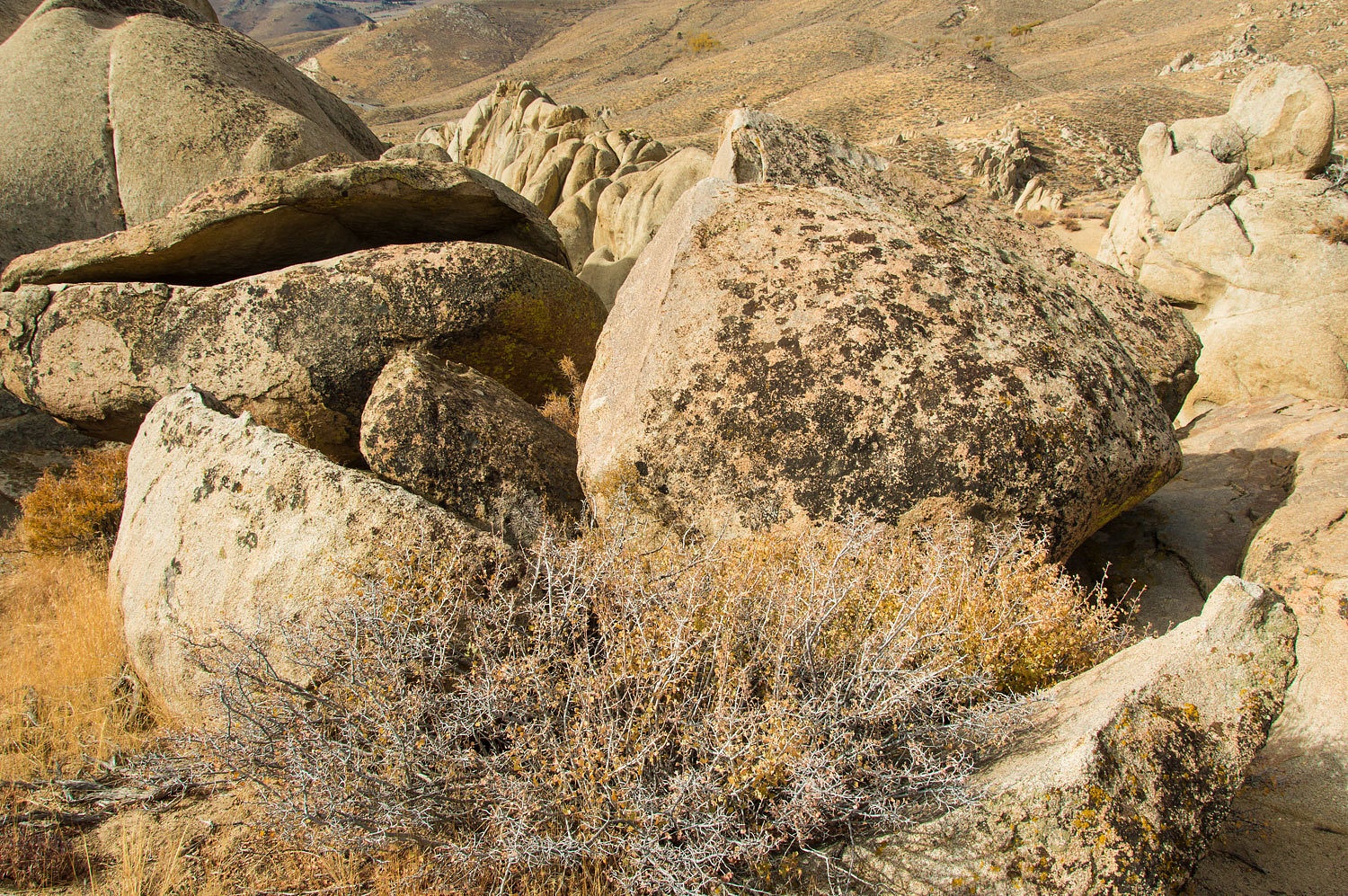
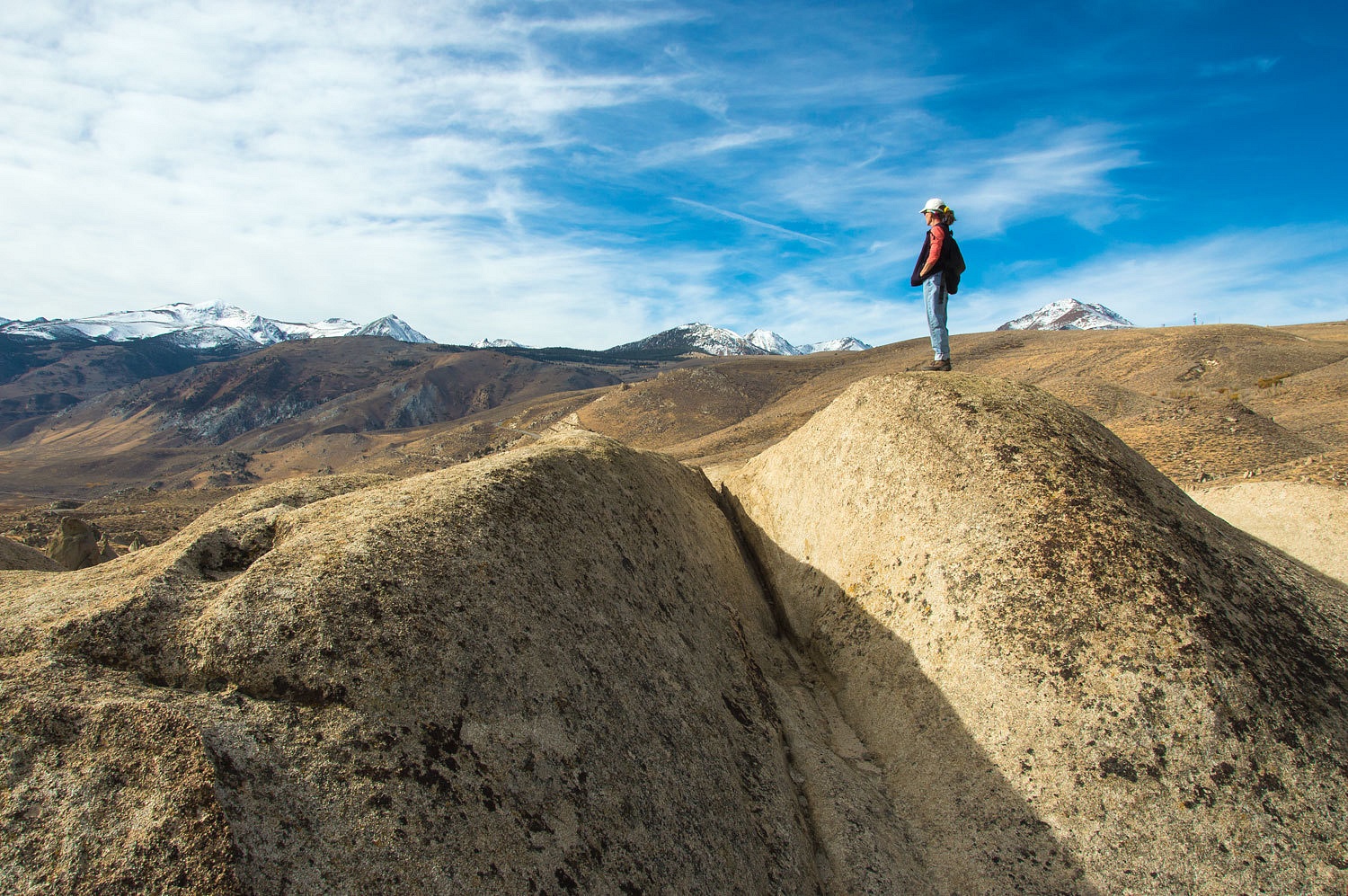
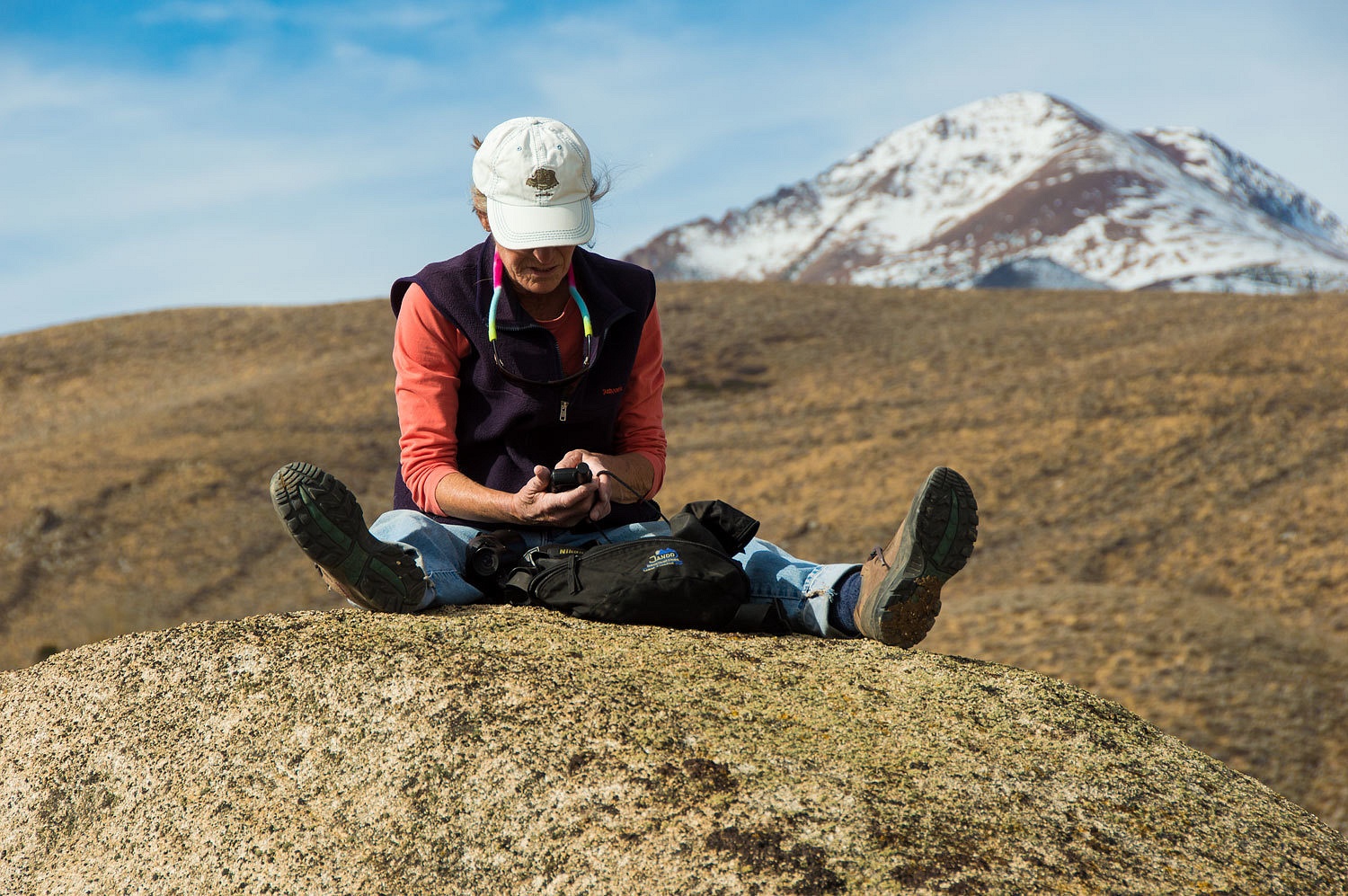
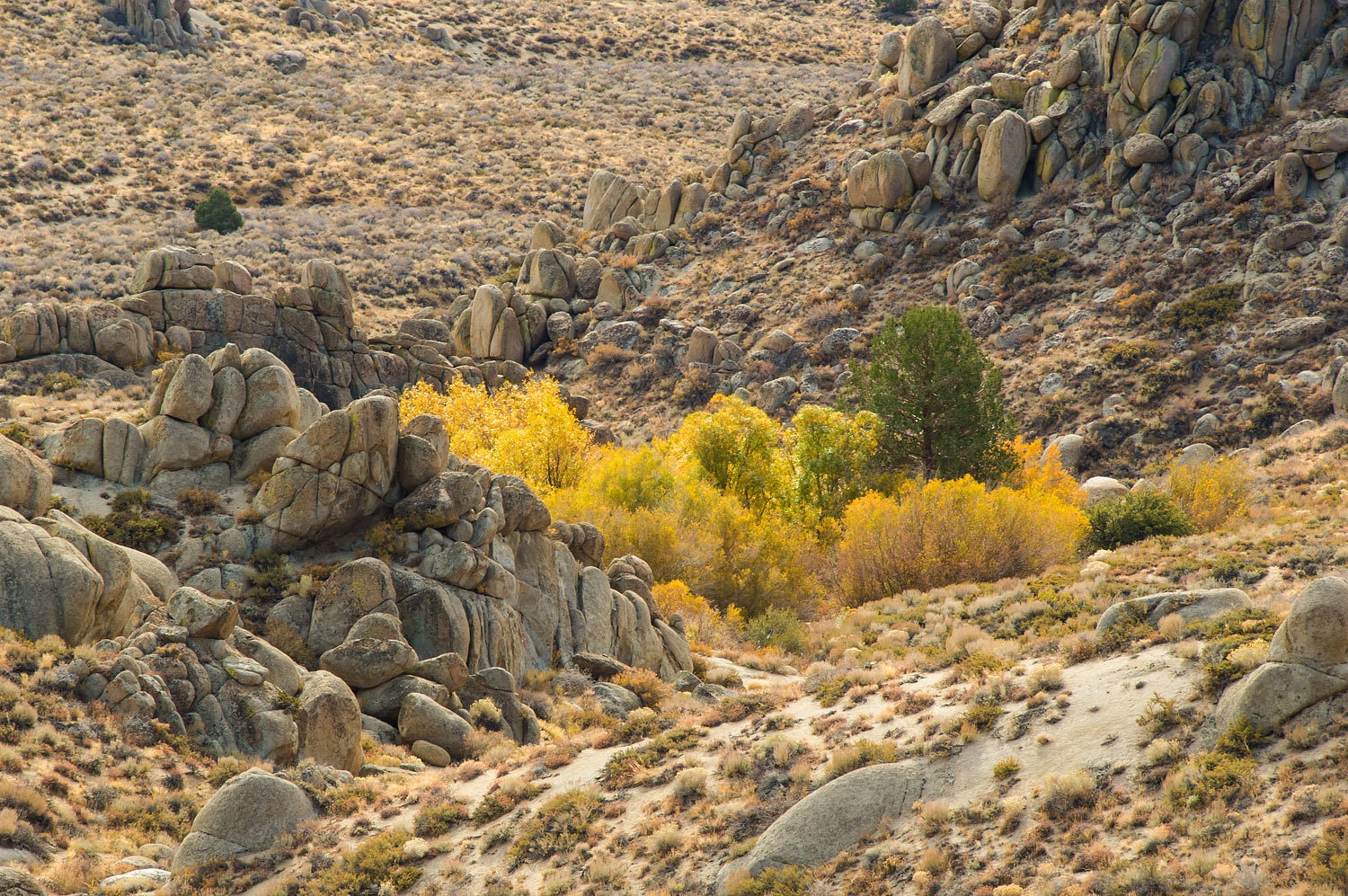
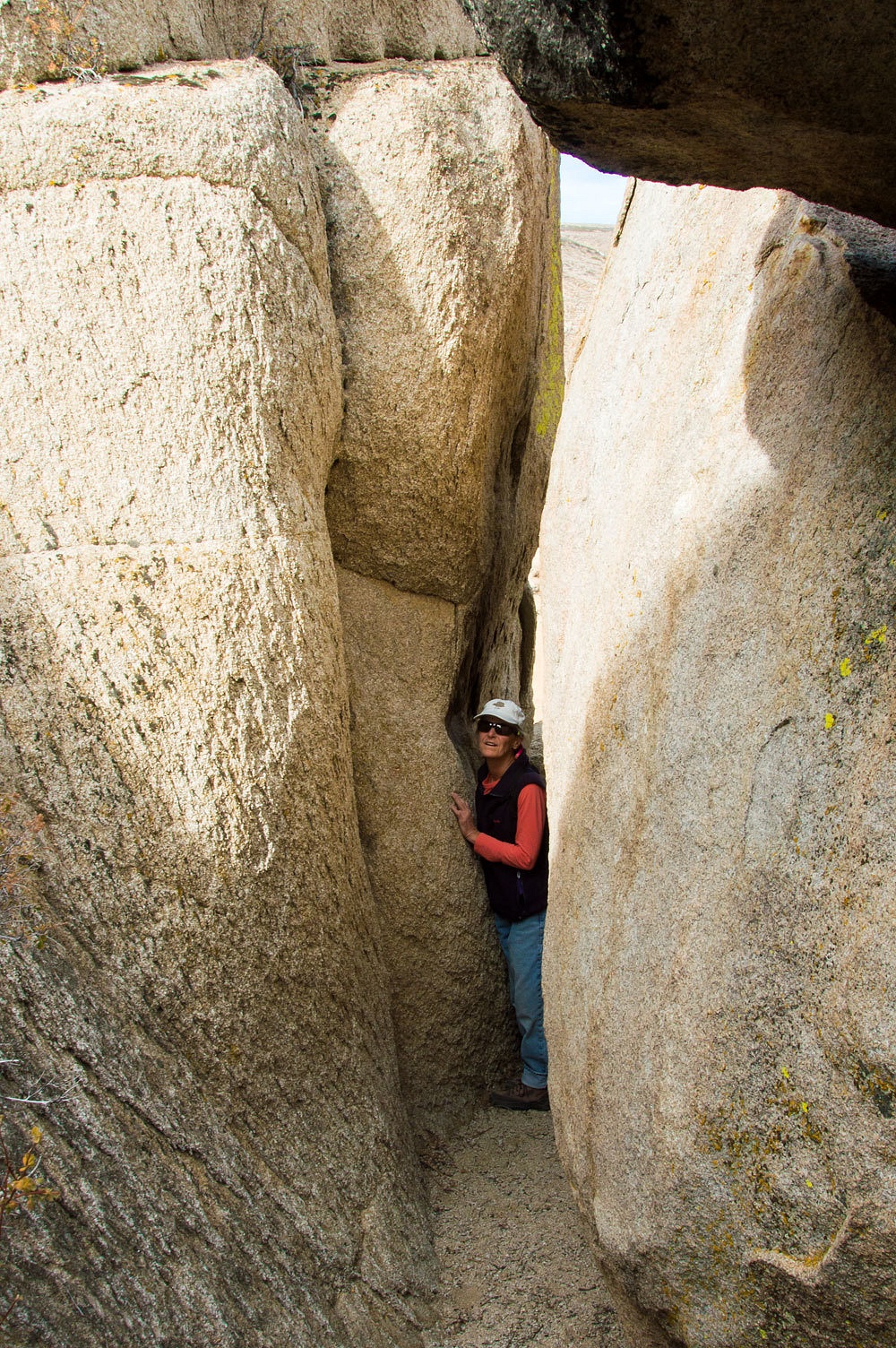
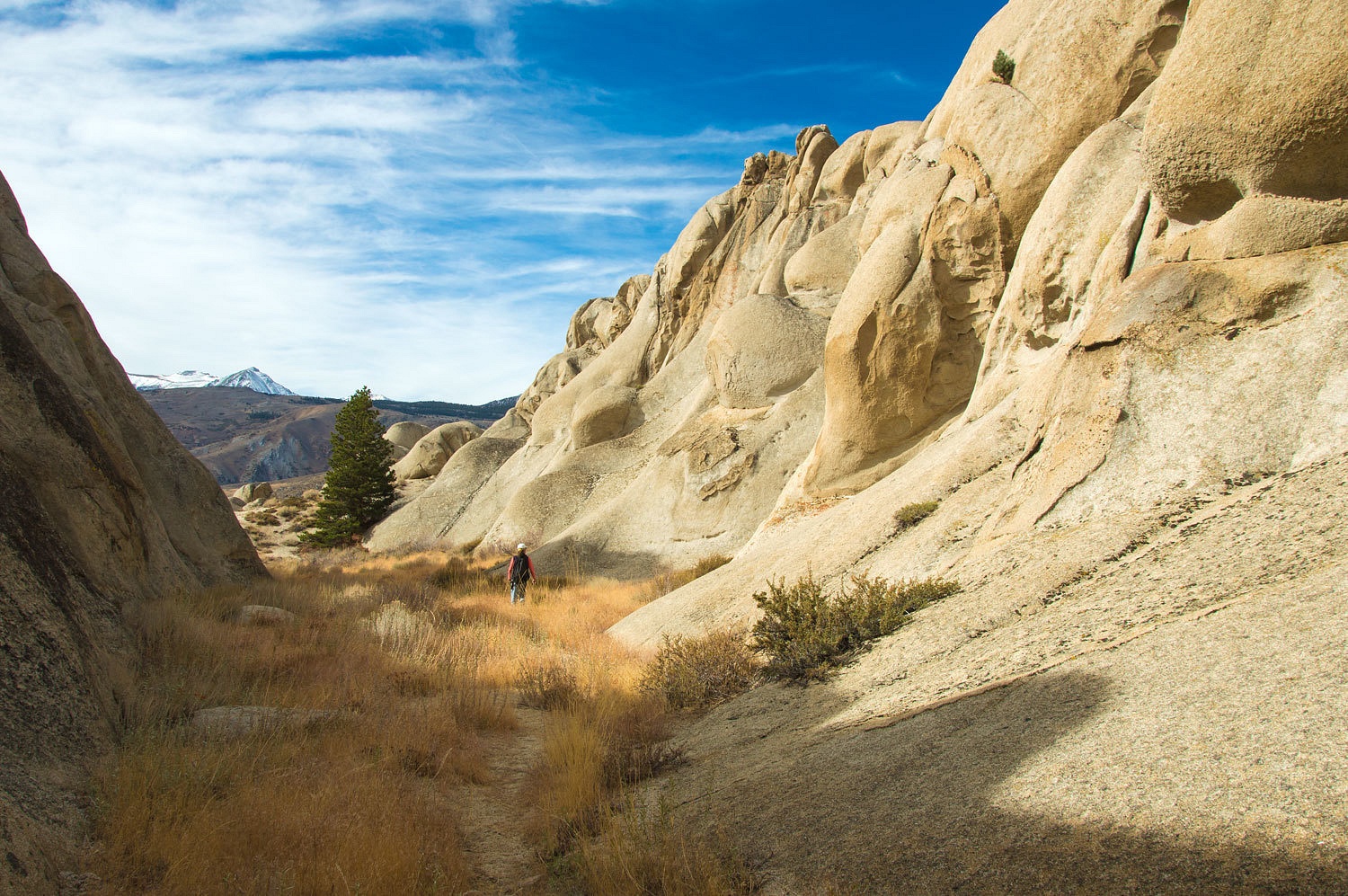
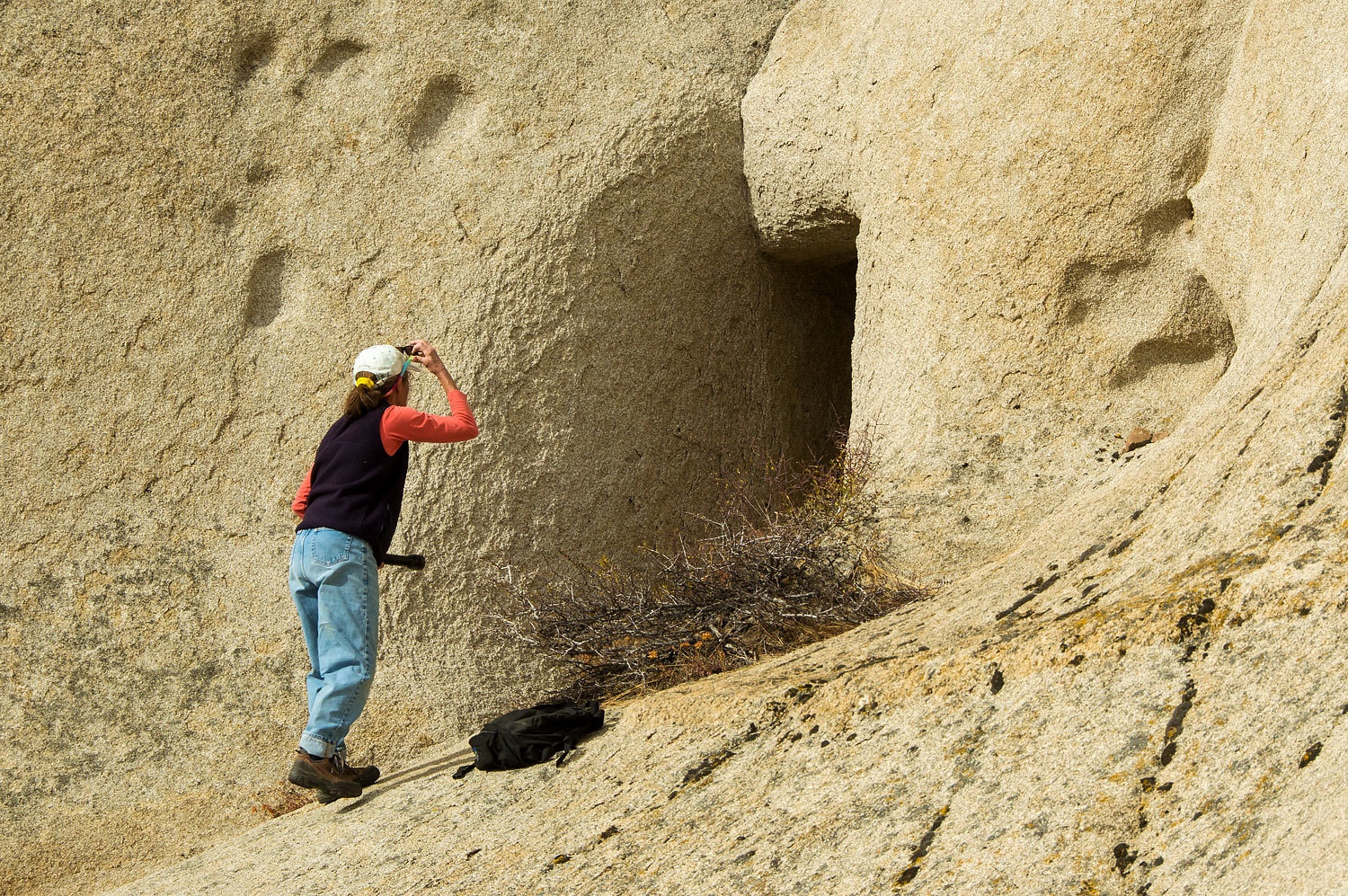
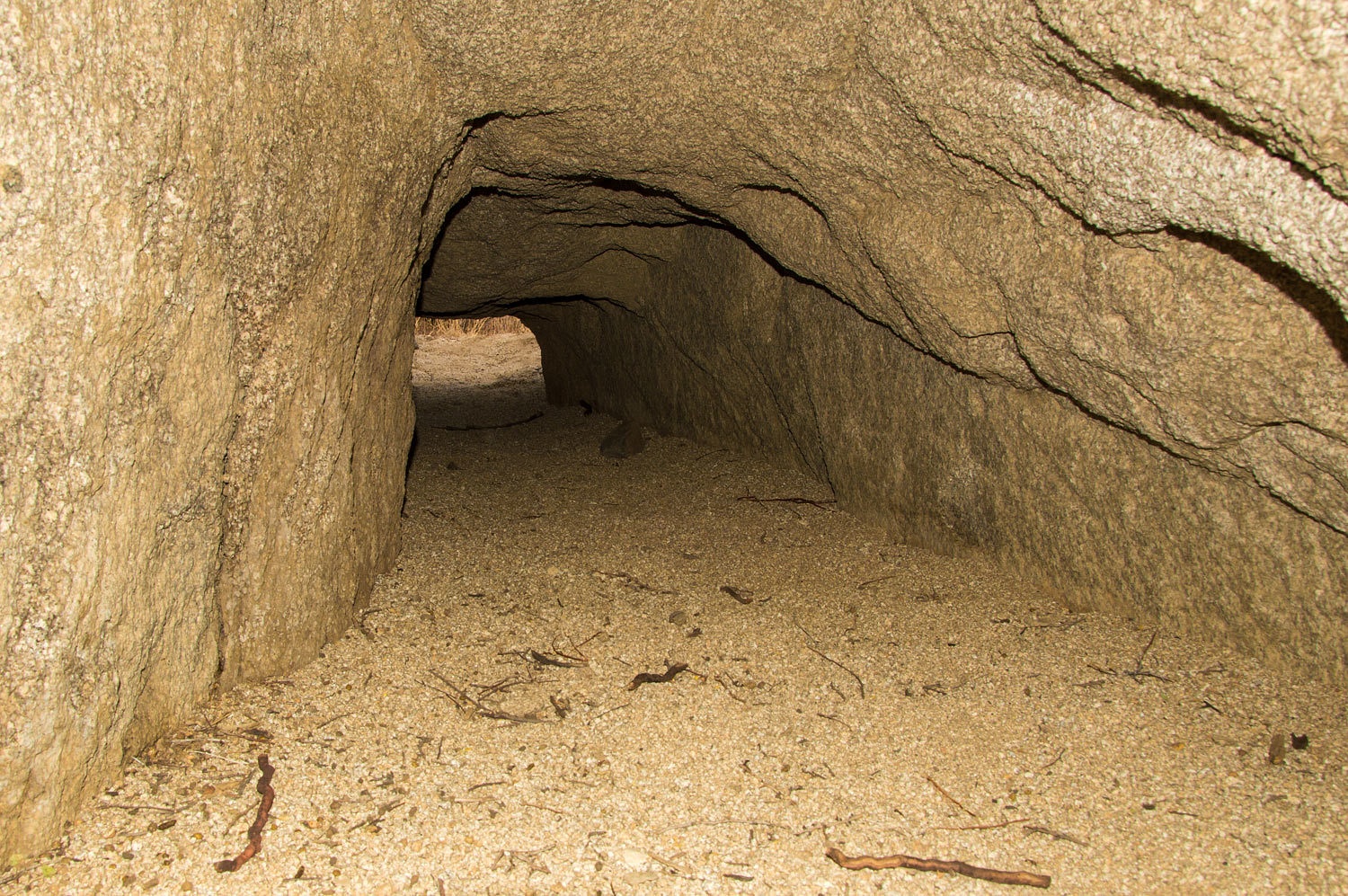
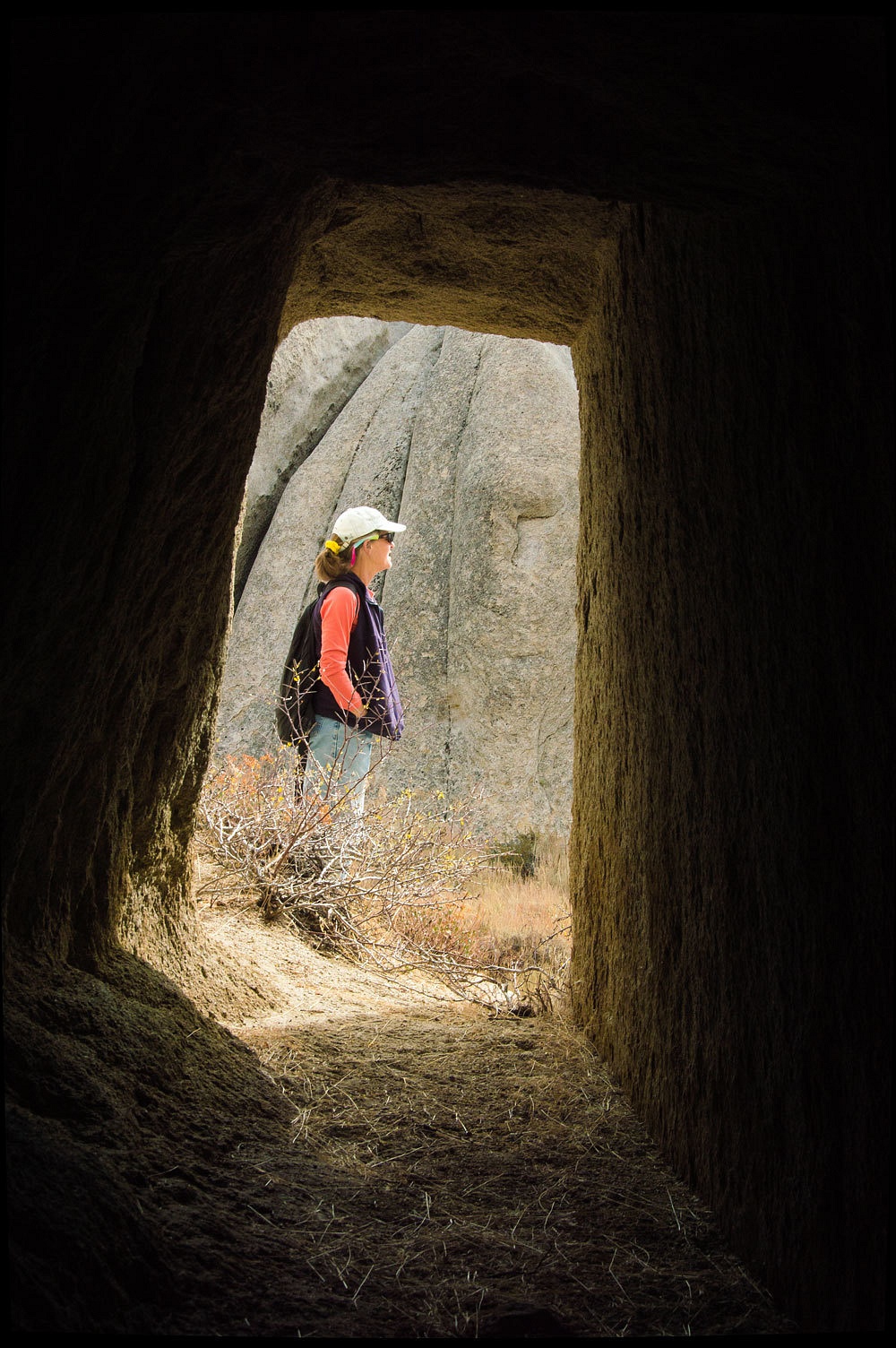
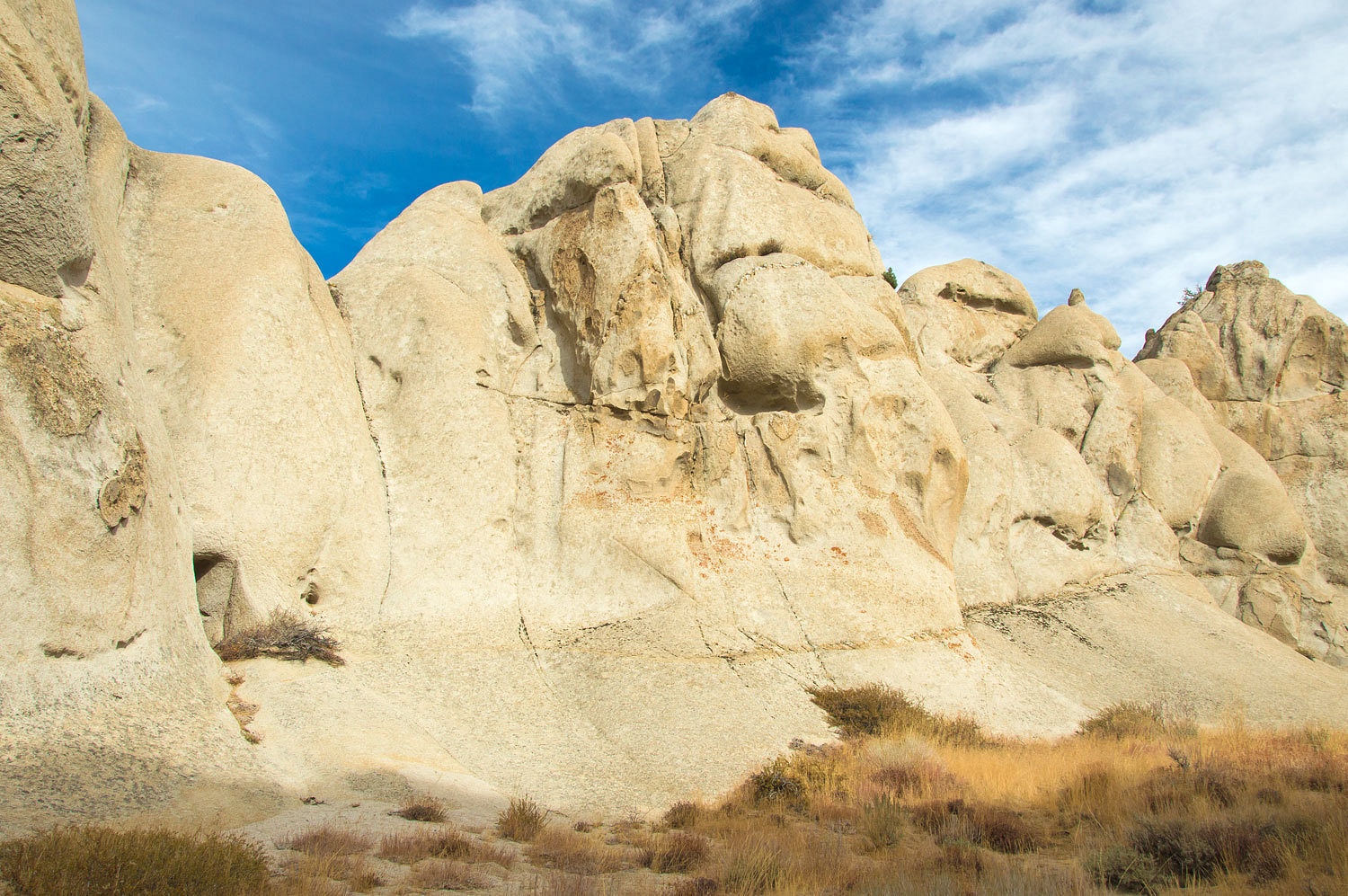
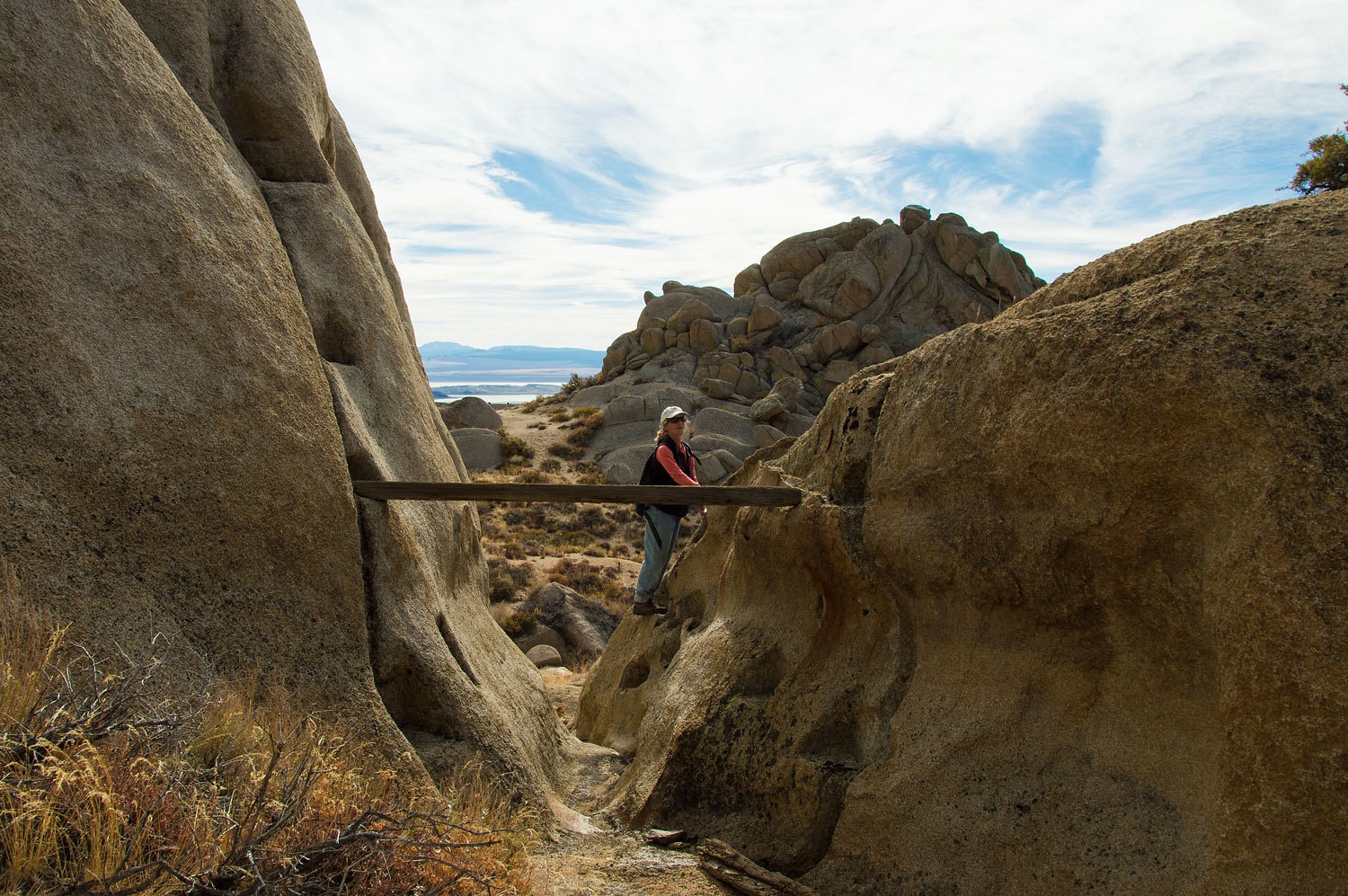
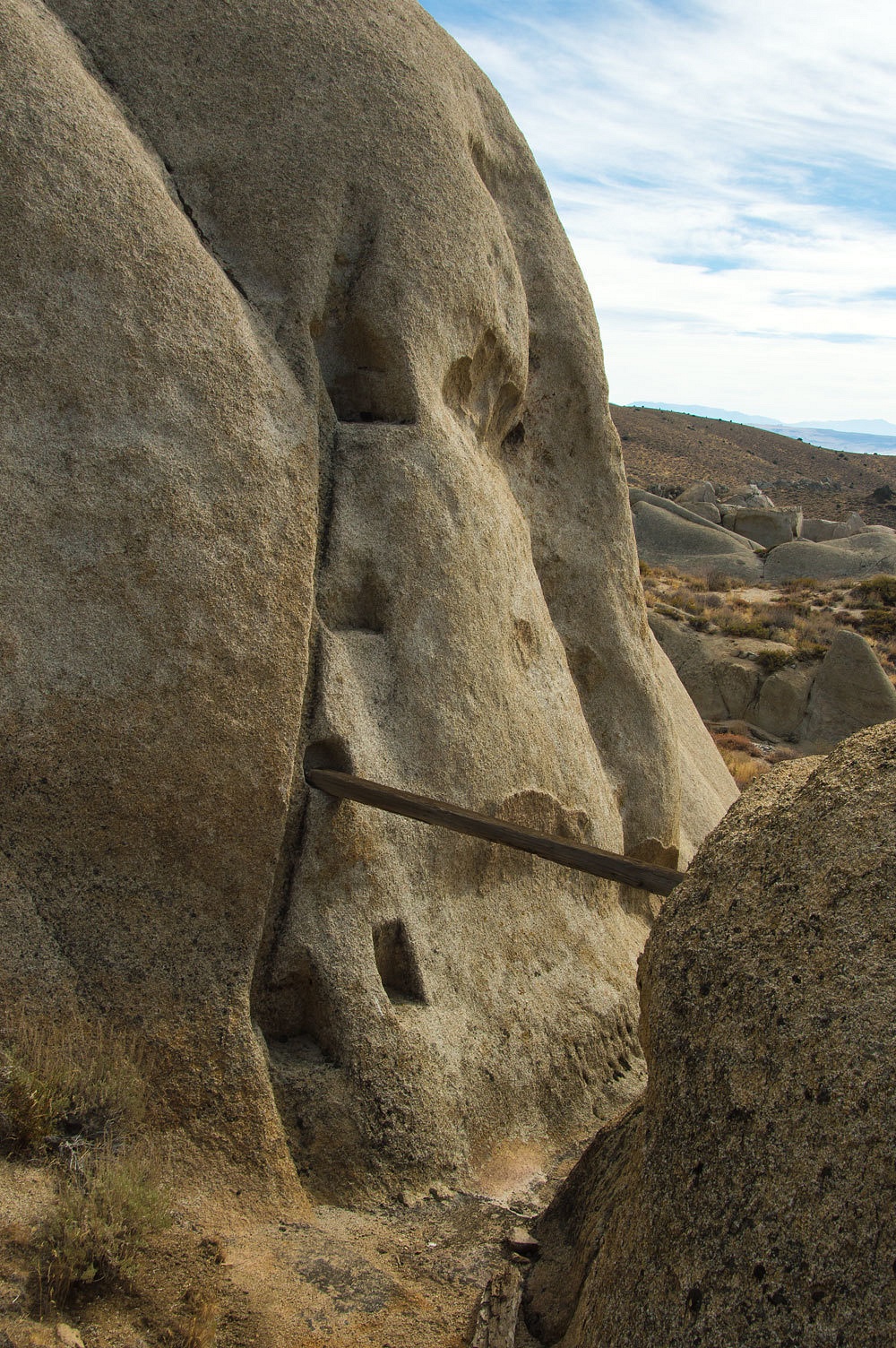
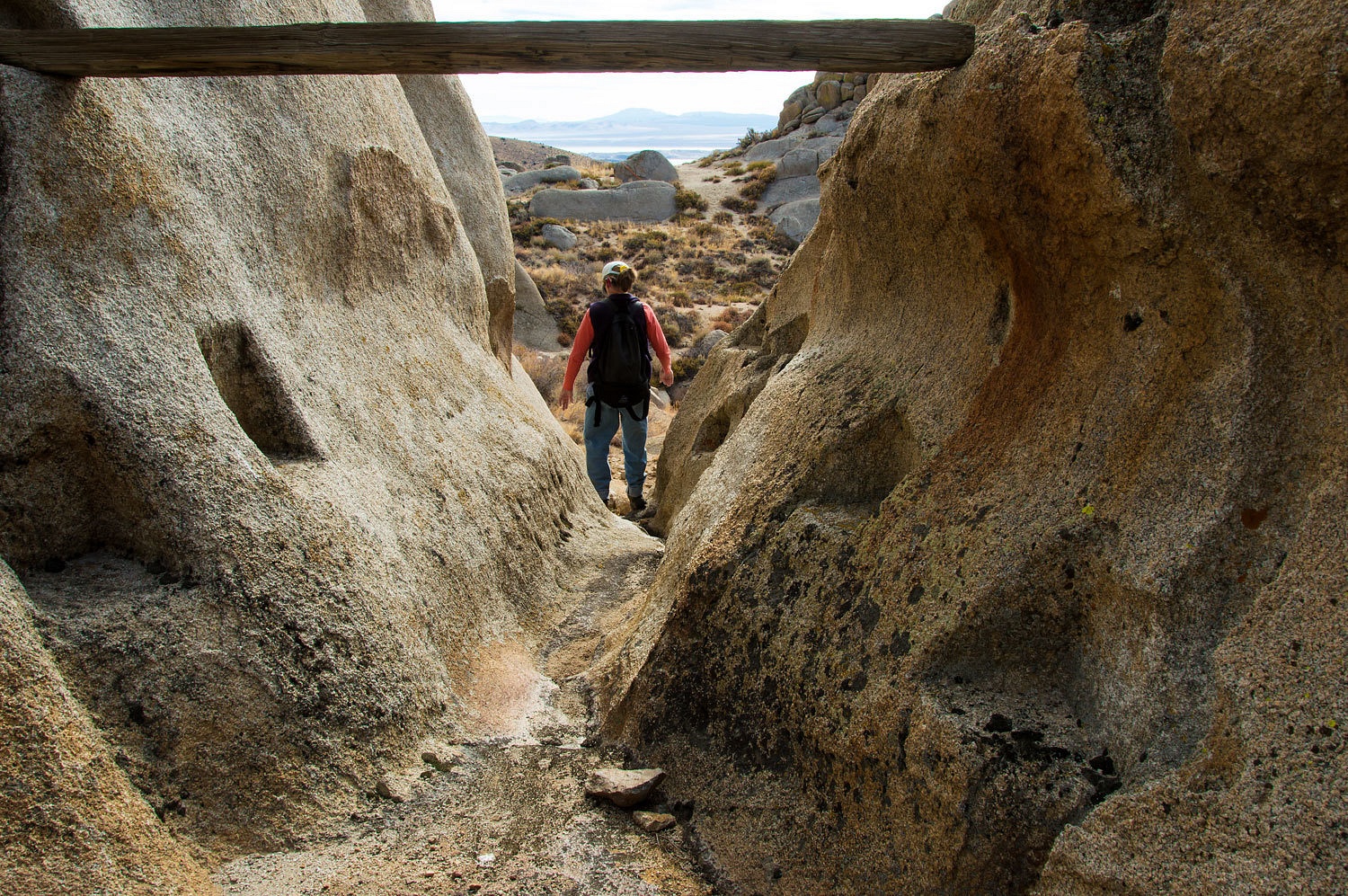
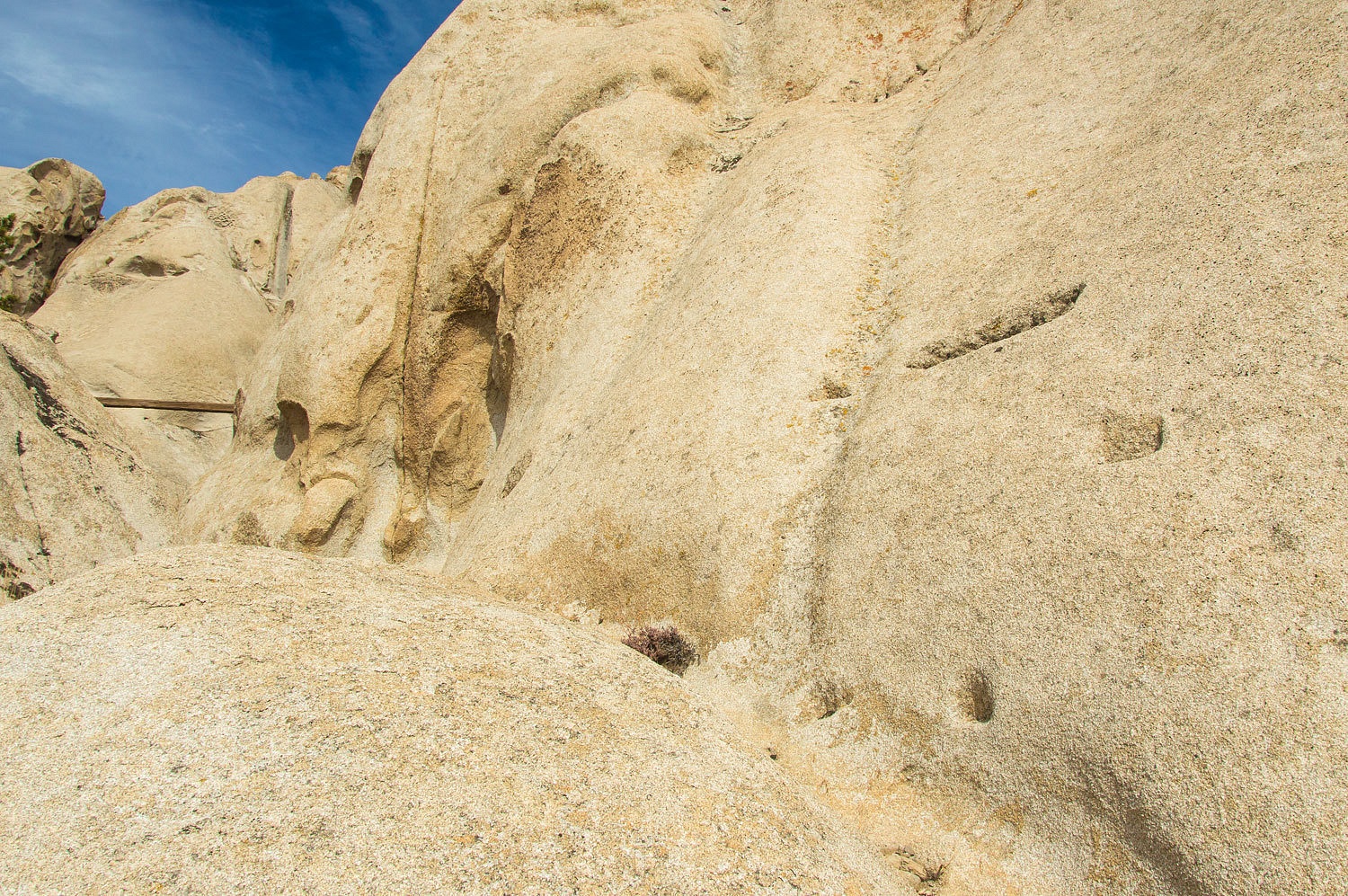
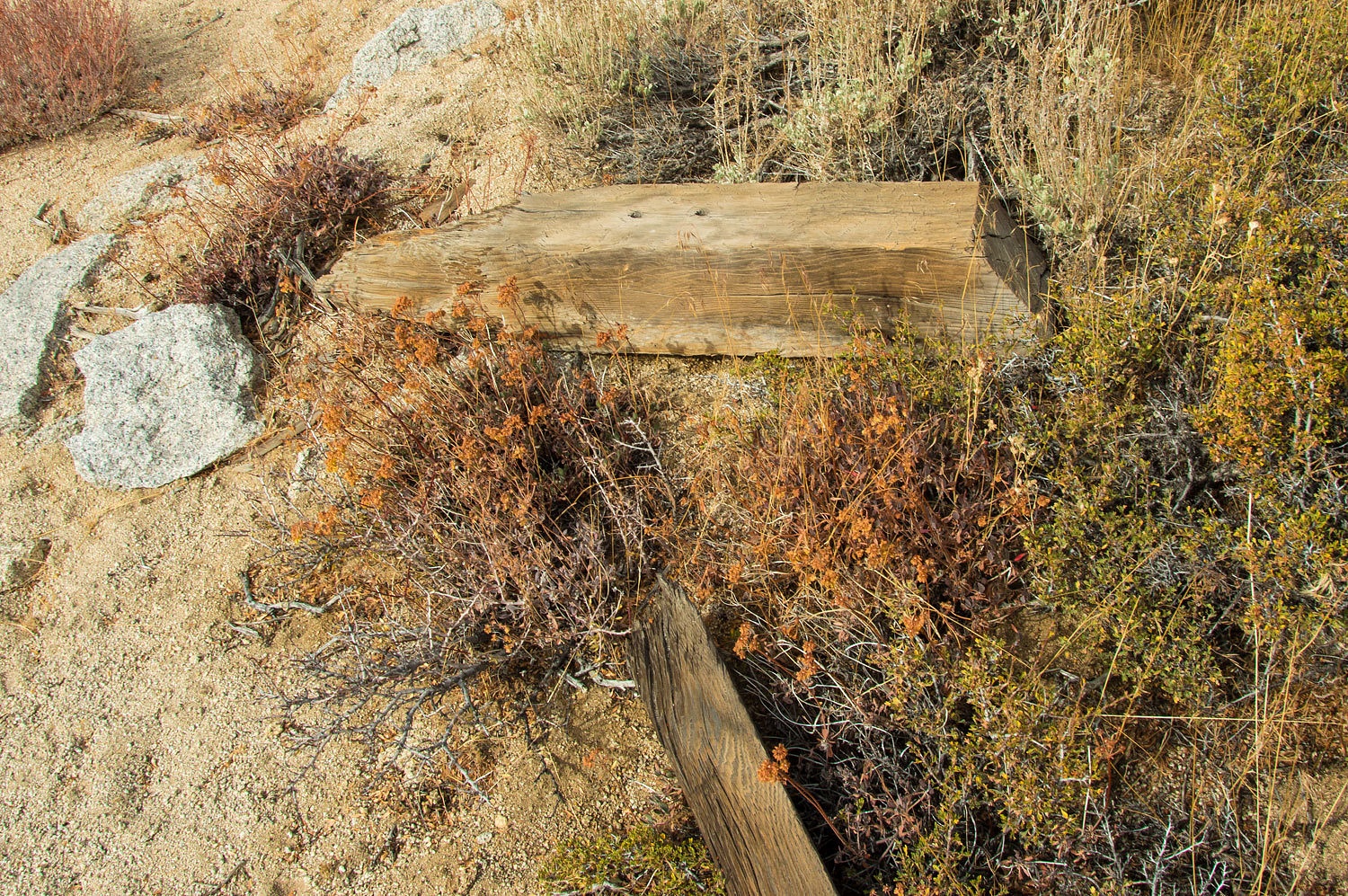
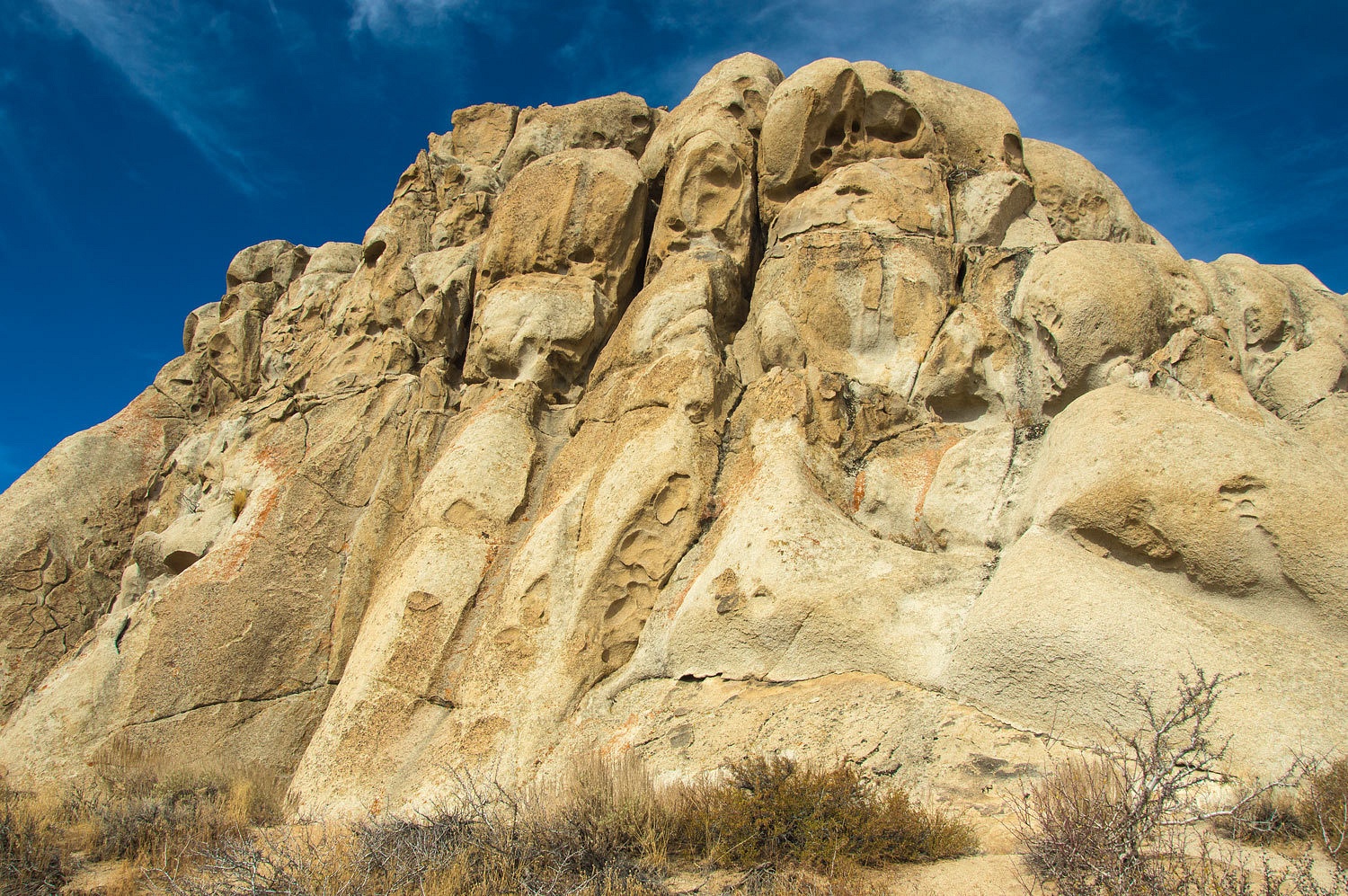
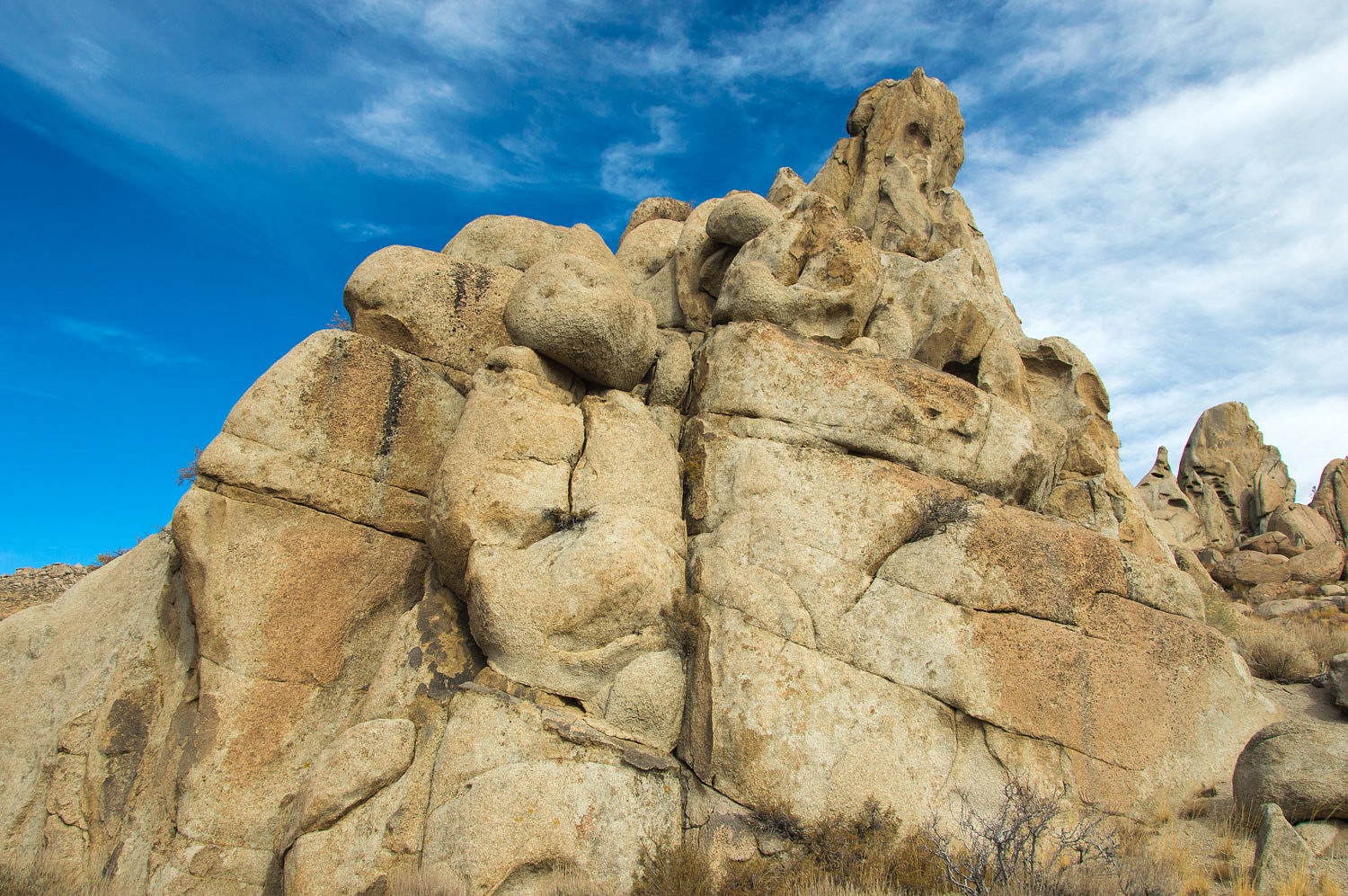
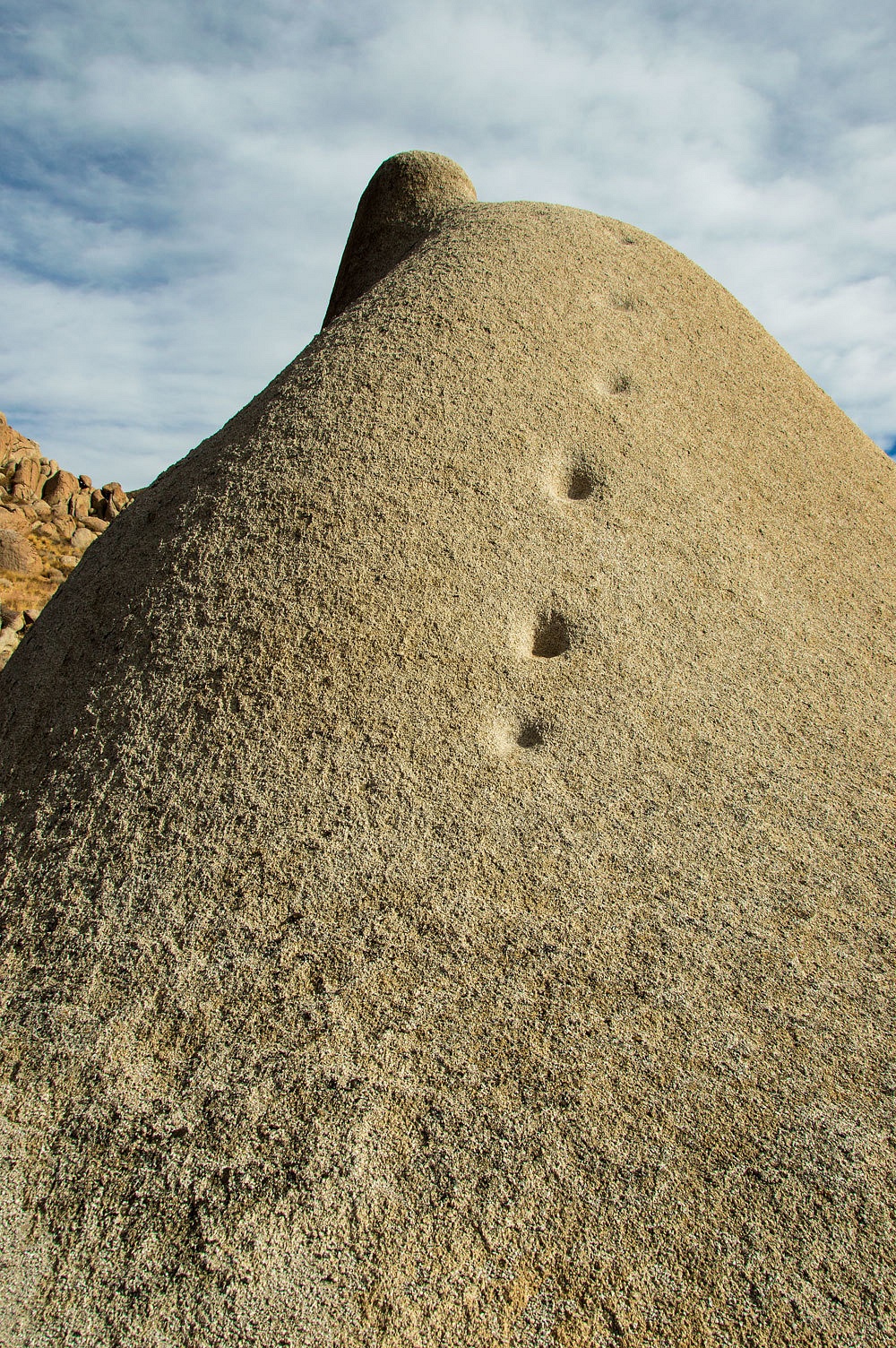
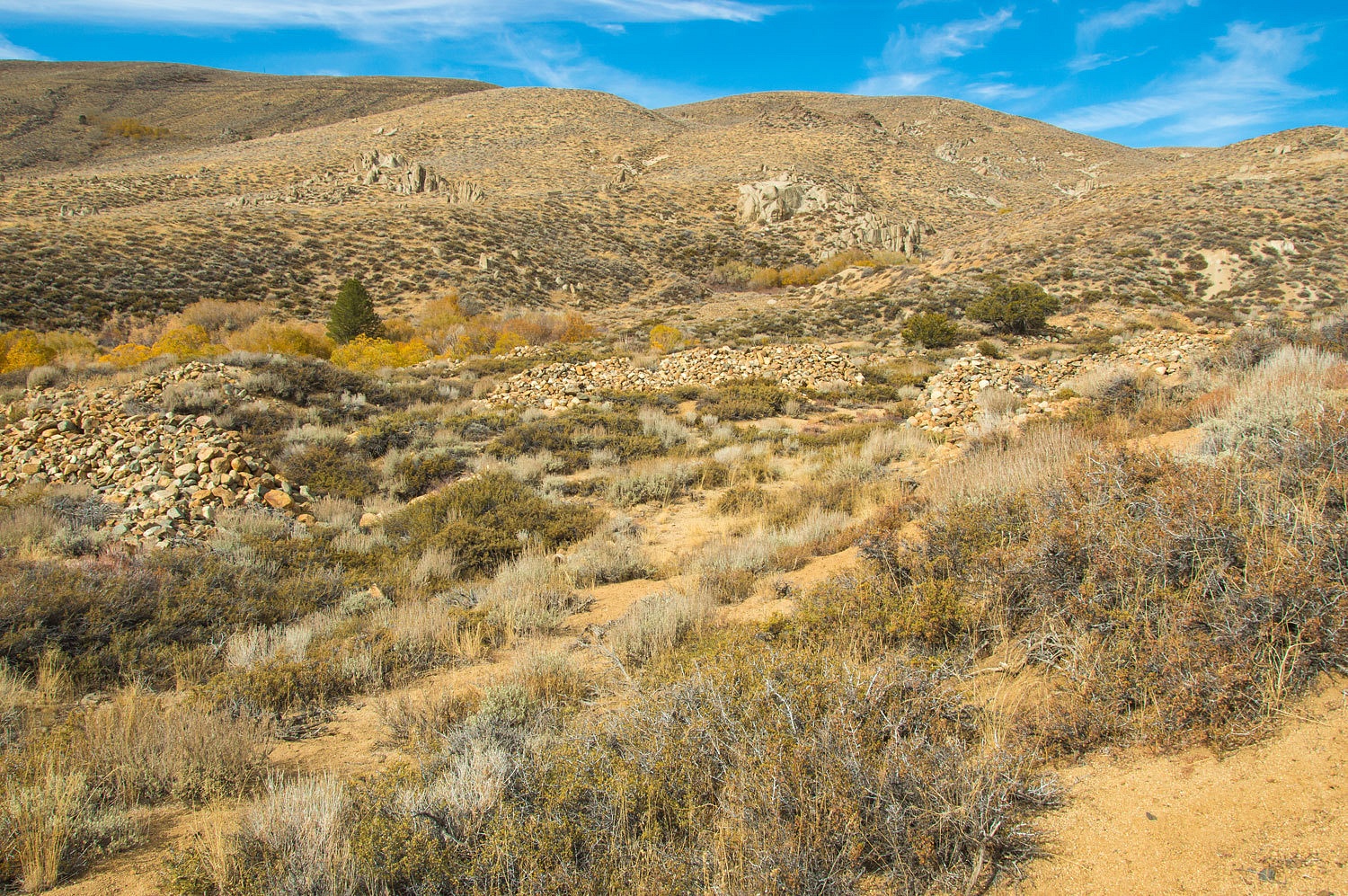
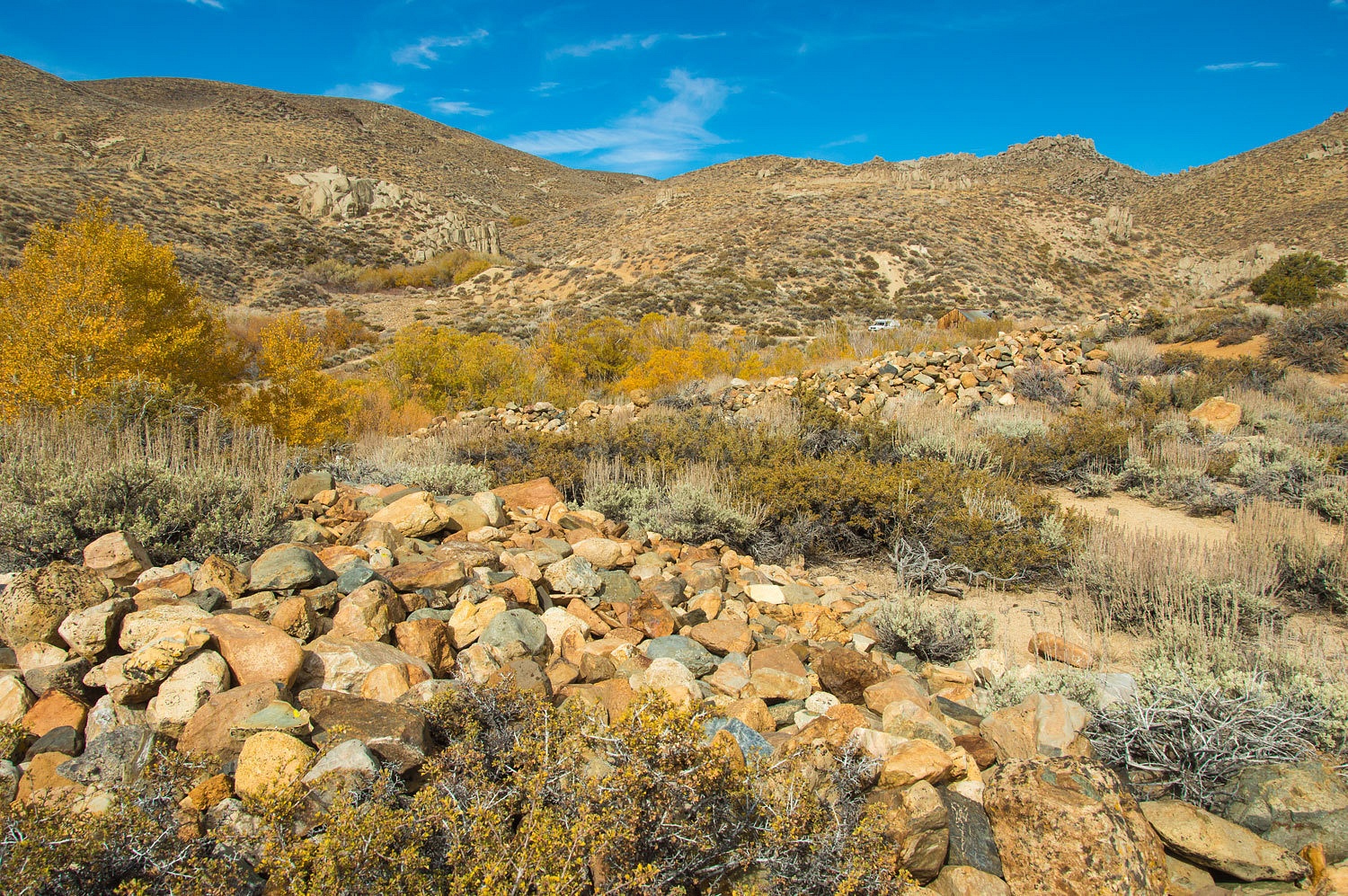
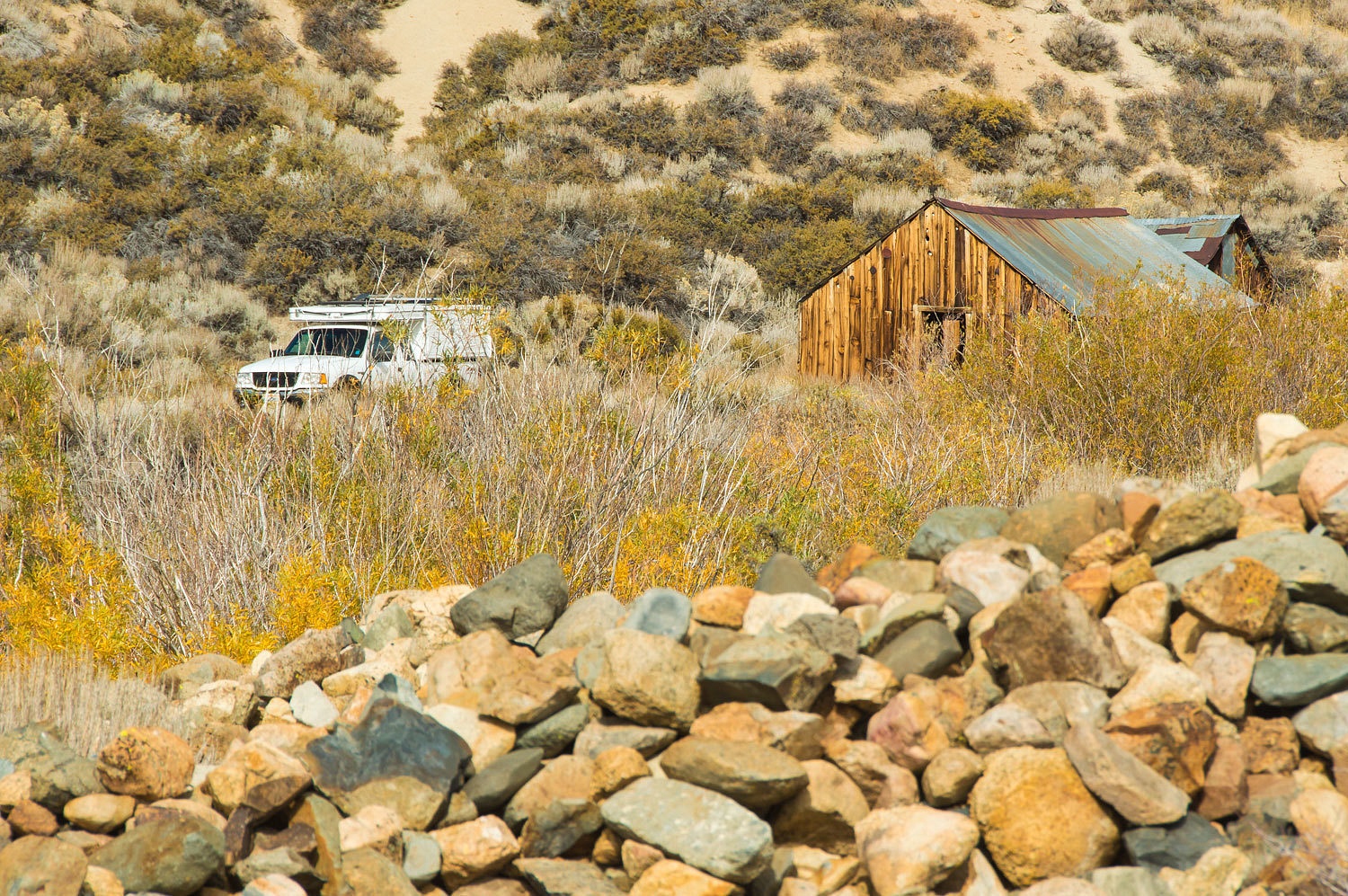
Interesting history! Wonderful photography! Tell Pop Spider to be carefull in those tunnels!
ReplyDeleteExcellent way to spend a birthday! Many more great adventures to come, for both of you.
ReplyDeleteExcellent sleuthing and right under our noses! I've been eyeballing a certain granite outcrop below camp and wondered if there were secrets there.
ReplyDeleteStill the benchmark for Trip Reports. Thanks for posting.
ReplyDelete